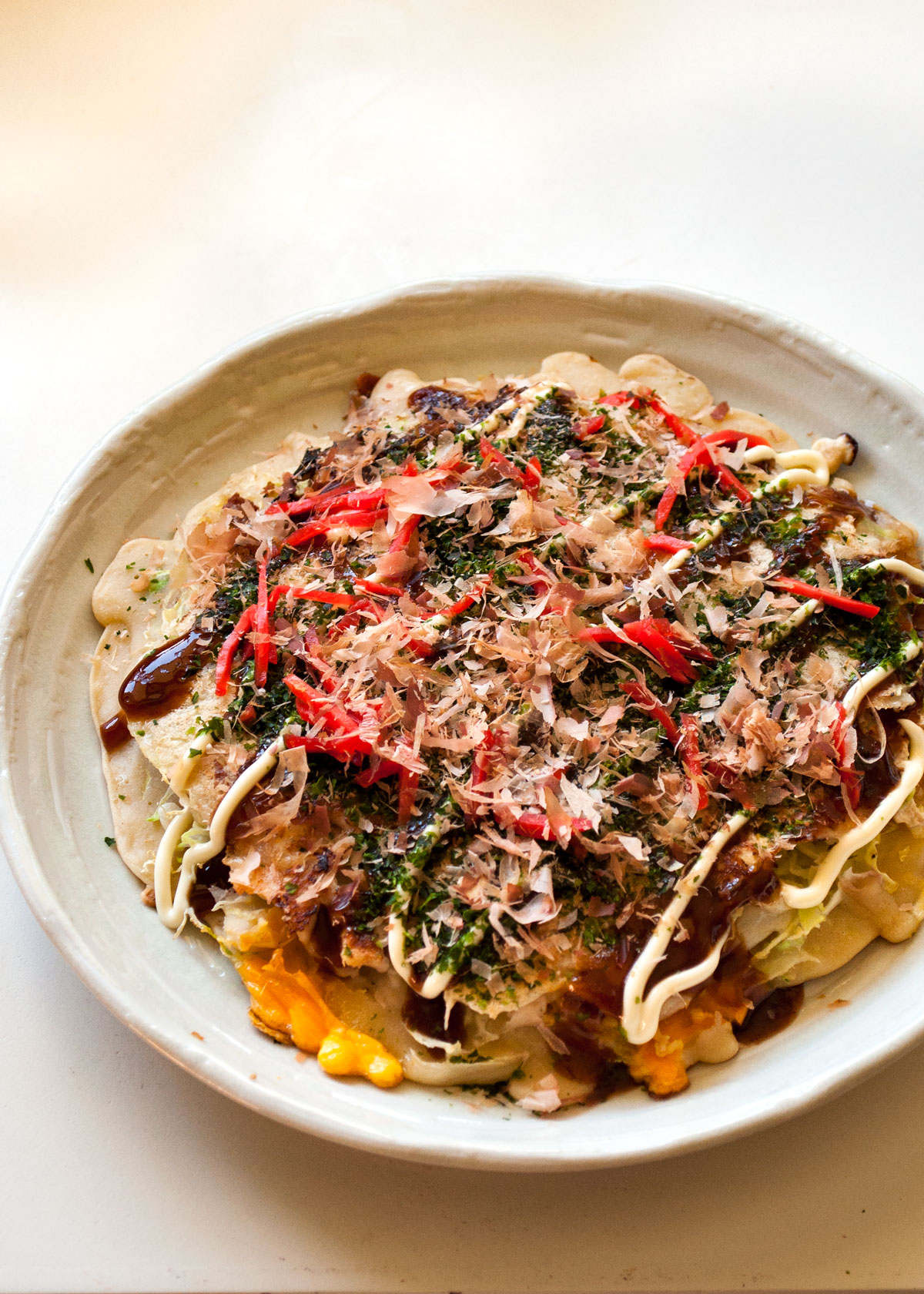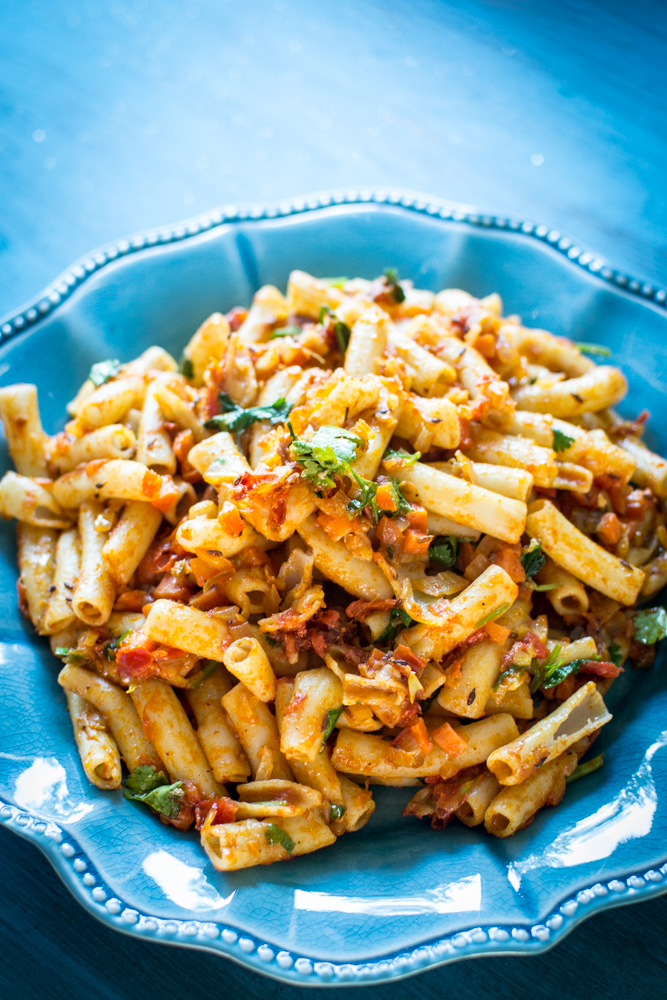Traditional Italian manicotti is a beloved dish that has been passed down through generations. This classic dish is known for its delicate crepe-like pasta filled with a savory blend of cheese and herbs, and topped with a hearty tomato sauce. While there are many variations of this recipe, the traditional Italian manicotti remains a staple in many households, especially around holidays and special occasions.
The Perfect Cheese Filling
The Importance of Fresh Ingredients
When it comes to making traditional Italian manicotti, using fresh ingredients is key. This is especially true for the cheese filling, which is the heart of the dish. Many recipes will call for a combination of ricotta, mozzarella, and parmesan cheese, but feel free to experiment with other types of cheese. The important thing is to use
freshly grated cheese and avoid pre-shredded varieties, as they tend to contain added preservatives that can alter the flavor of the dish.
Adding Herbs for Bold Flavor
To give the cheese filling an extra kick of flavor, don't be afraid to add in some
fresh herbs such as basil, oregano, or parsley. These herbs not only add a pop of color to the dish, but also enhance the overall taste and aroma. If using fresh herbs, chop them up finely and mix them into the cheese filling before piping it into the manicotti tubes.
Mastering the Technique of Rolling Manicotti
The Perfect Consistency of the Crepe-like Pasta
The key to achieving the perfect manicotti is in the consistency of the pasta. The pasta should be thin and delicate, yet sturdy enough to hold the cheese filling without tearing. To achieve this, the batter for the pasta should be
smooth and thin, similar to the consistency of crepe batter. This can be achieved by gradually adding small amounts of water or milk to the batter until the desired consistency is reached.
Rolling with Care and Precision
Once the batter is ready, it's time to roll the manicotti. To avoid any mishaps, it's important to
handle the pasta with care and roll it gently. Start by placing a small amount of the cheese filling on one end of the pasta and carefully rolling it up, making sure to tuck in the edges to prevent the filling from spilling out. If some of the manicotti tubes tear or break, don't worry, simply patch them up with a little extra batter.
The Finishing Touch: A Flavorful Tomato Sauce
Choosing the Right Tomatoes
While the cheese filling is the star of the show, the tomato sauce is what ties everything together. For the best results, use
San Marzano tomatoes, which are known for their rich and sweet flavor. These tomatoes are grown in volcanic soil in Italy, giving them a unique taste and texture that is perfect for traditional Italian dishes.
Making the Sauce from Scratch
Though it may be tempting to use a pre-made sauce, making it from scratch is worth the effort. This allows you to control the
flavors and seasonings in the sauce, and you can adjust it to your liking. Start by sautéing garlic and onions in olive oil, then adding in the San Marzano tomatoes, some herbs, and a pinch of sugar to balance out the acidity. Let the sauce simmer for about 30 minutes, and then pour it over the manicotti before baking.
<h2>The Perfect Cheese Filling</h2>
<h3>The Importance of Fresh Ingredients</h3>
When it comes to making traditional Italian manicotti, using fresh ingredients is key. This is especially true for the cheese filling, which is the heart of the dish. Many recipes will call for a combination of ricotta, mozzarella, and parmesan cheese, but feel free to experiment with other types of cheese. The important thing is to use <b>freshly grated cheese</b> and avoid pre-shredded varieties, as they tend to contain added preservatives that can alter the flavor of the dish.
<h3>Adding Herbs for Bold Flavor</h3>
To give the cheese filling an extra kick of flavor, don't be afraid to add in some <b>fresh herbs</b> such as basil, oregano, or parsley. These herbs not only add a pop of color to the dish, but also enhance the overall taste and aroma. If using fresh herbs, chop them up finely and mix them into the cheese filling before piping it into the manicotti tubes.
<h2>Mastering the Technique of Rolling Manicotti</h2>
<h3>The Perfect Consistency of the Crepe-like Pasta</h3>
The key to achieving the perfect manicotti is in the consistency of the pasta. The pasta should be thin and delicate, yet sturdy enough to hold the cheese filling without tearing. To achieve this, the batter for the pasta should be <b>smooth and thin</b>, similar to the consistency of crepe batter. This can be achieved by gradually adding small amounts of water or milk to the batter until the desired consistency is reached.
<h3>Rolling with Care and Precision</h3>
Once the batter is ready, it's time to roll the manicotti. To avoid any mishaps, it's important to <b>handle the pasta with care</b> and roll it gently. Start by placing a small amount of the cheese filling on one end of the pasta and carefully rolling it up, making sure to tuck in the edges to prevent the filling from spilling out. If some of the manicotti tubes tear or break, don't worry, simply patch them up with a little extra batter.
<h2>The Finishing Touch: A Flavorful Tomato Sauce</h2>
<h3>Choosing the Right Tomatoes</h3>
While the cheese filling is the star of the show, the tomato sauce is what ties everything together. For the best results, use <b>San Marzano tomatoes</b>, which are known for their rich and sweet flavor. These tomatoes are grown in volcanic soil in Italy, giving them a unique taste and texture that is perfect for traditional Italian dishes.
<h3>Making the Sauce from Scratch</h3>
Though it may be tempting to use a pre-made sauce, making it from scratch is worth the effort. This allows you to control the <b>flavors and seasonings</b> in the sauce, and you can adjust it to your liking. Start by sautéing garlic and onions in olive oil, then adding in the San Marzano tomatoes, some herbs, and a pinch of sugar to balance out the acidity. Let the sauce simmer for about 30 minutes, and then pour it over the manicotti before baking.

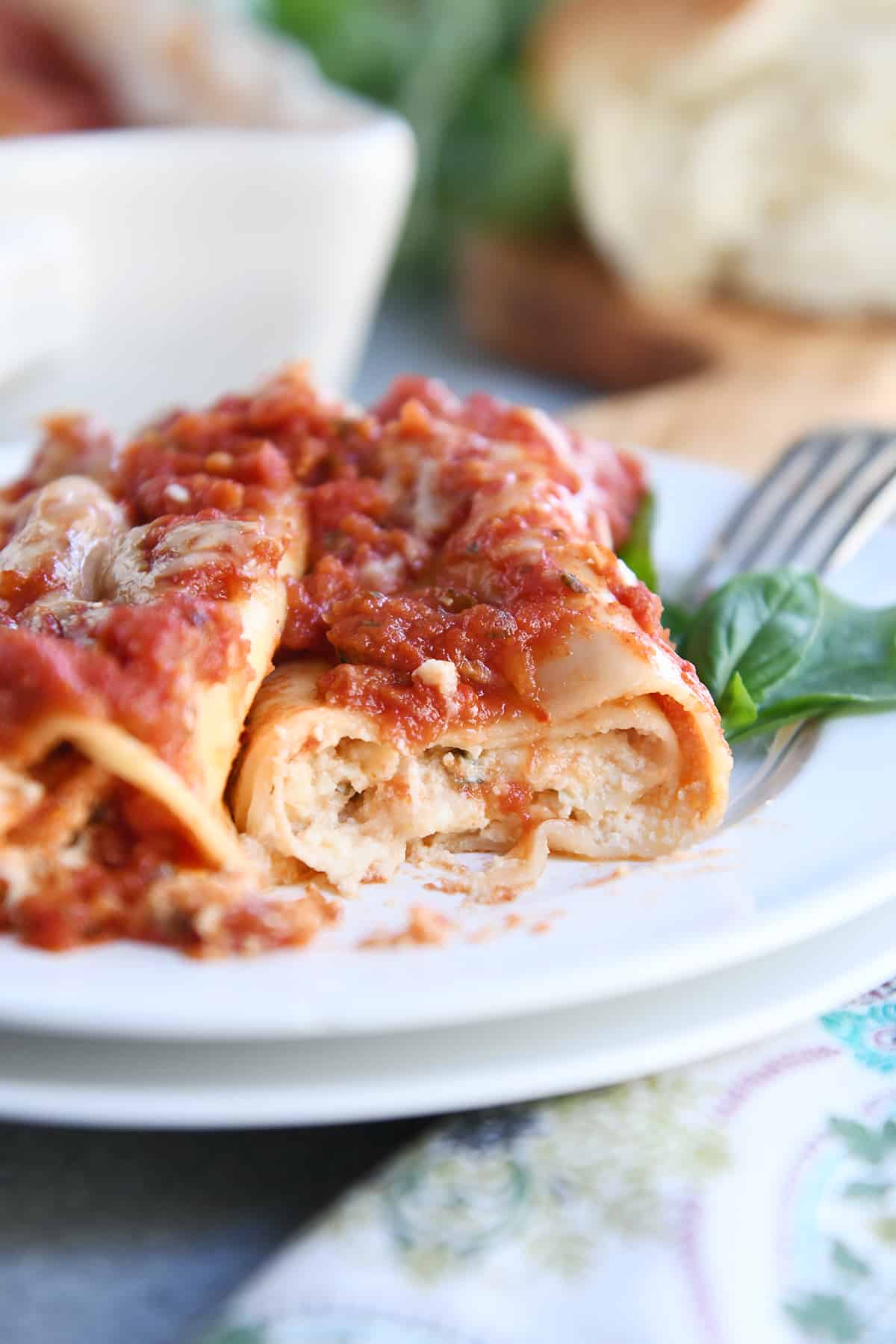









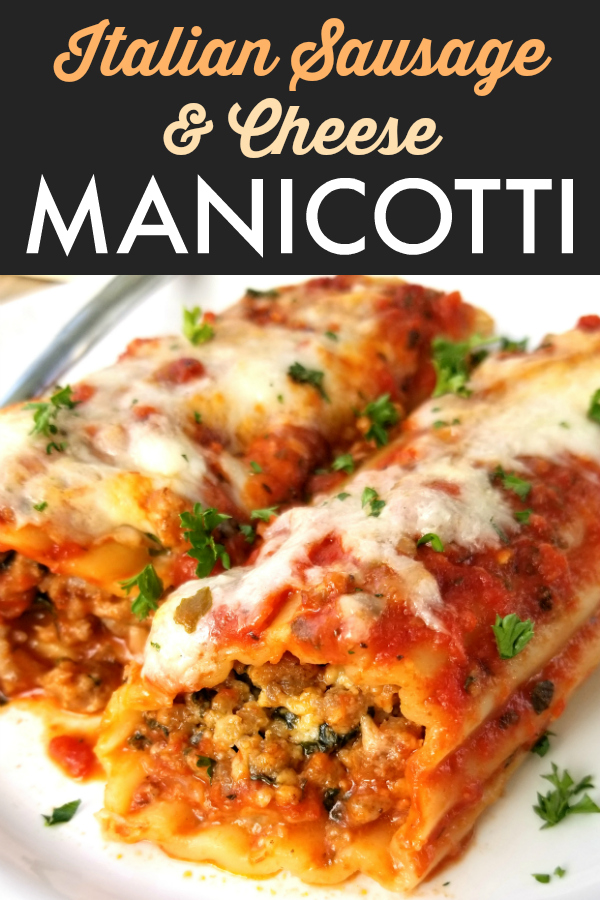






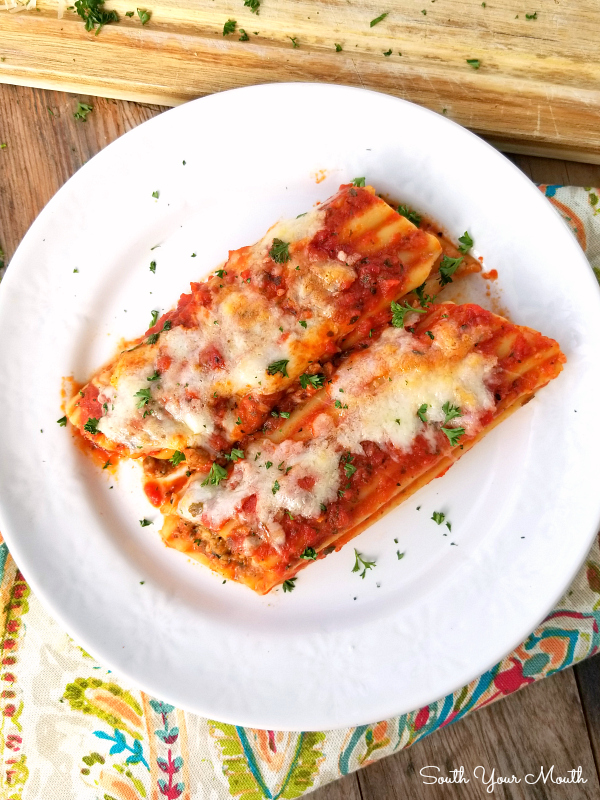


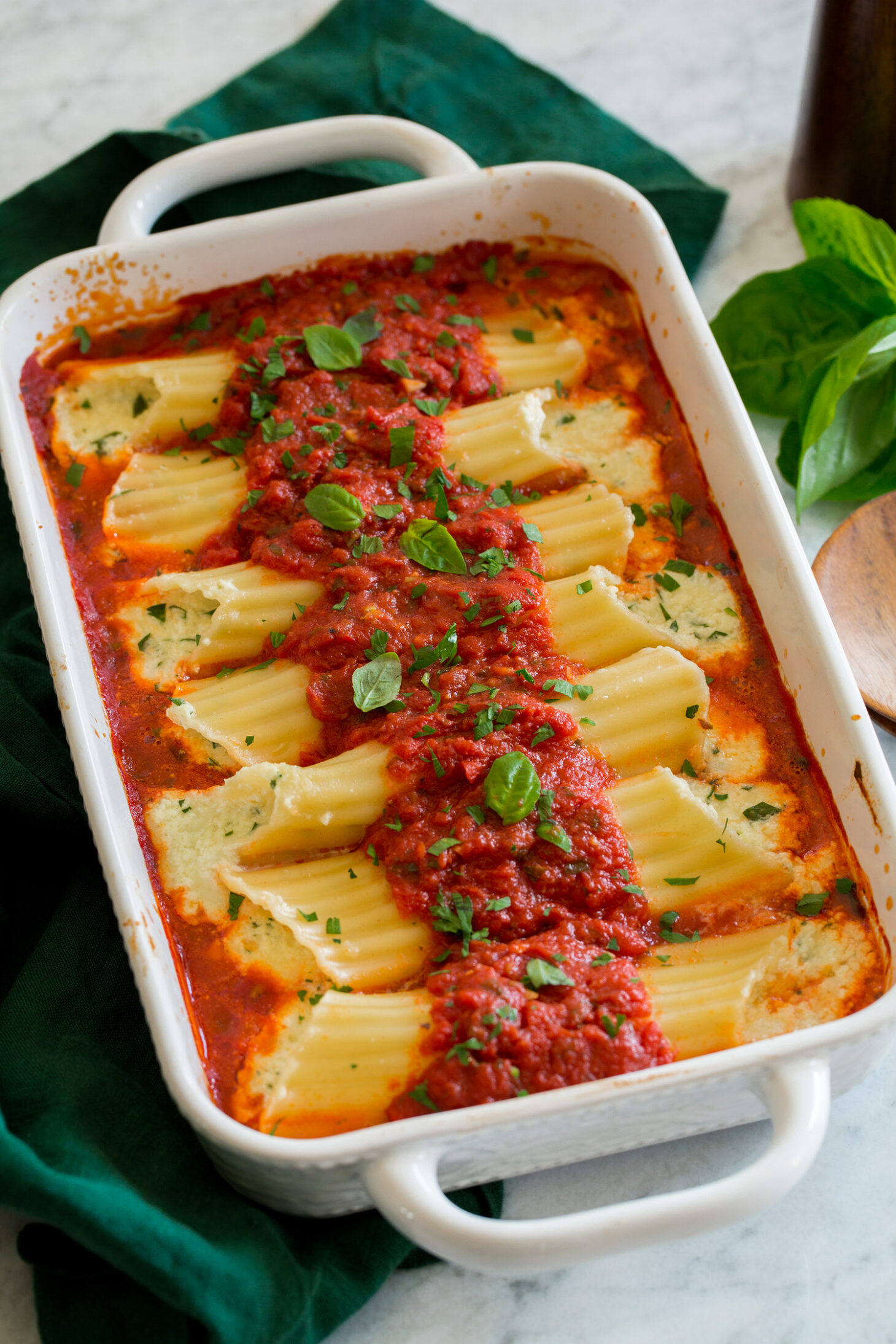
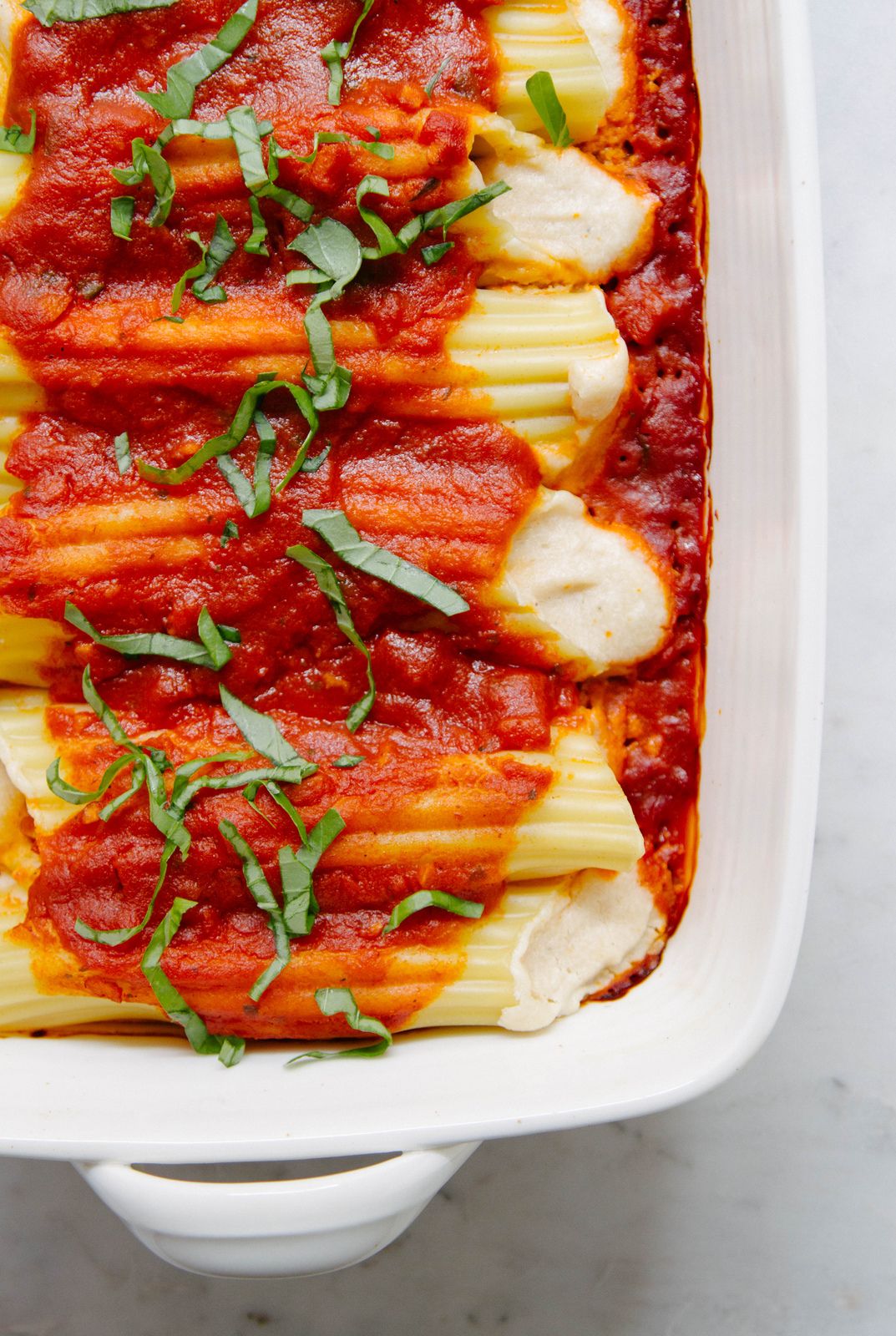
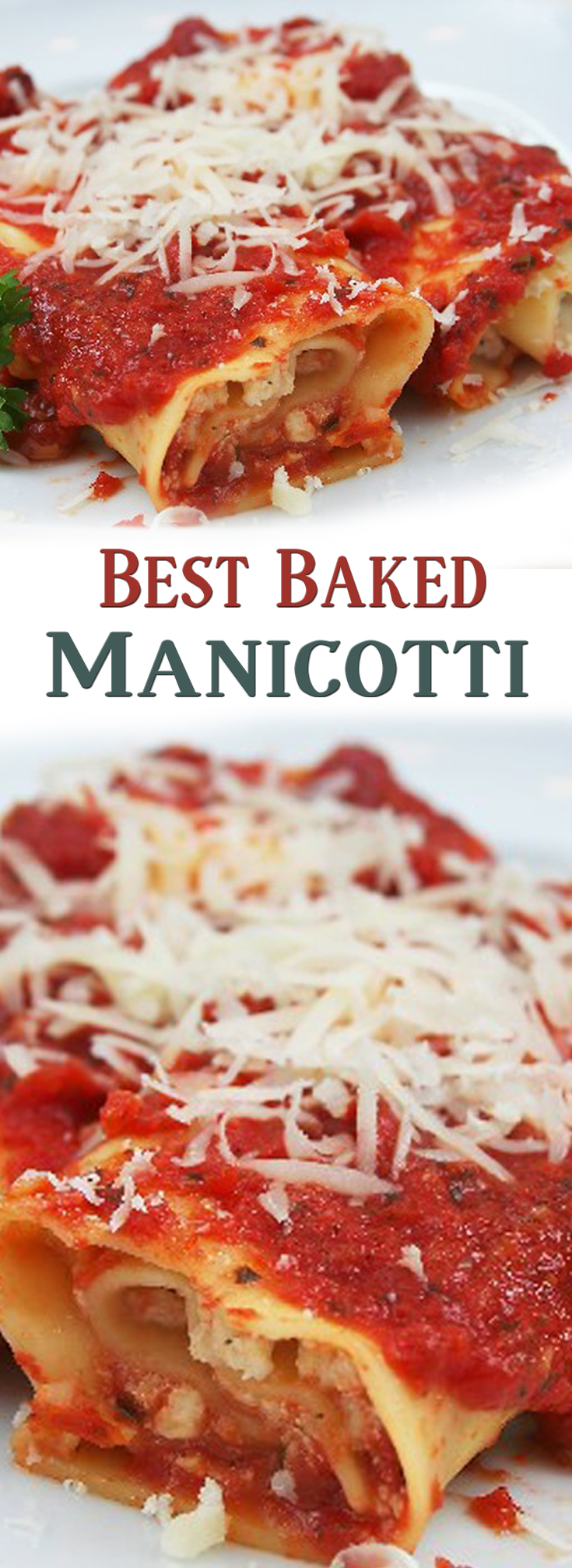
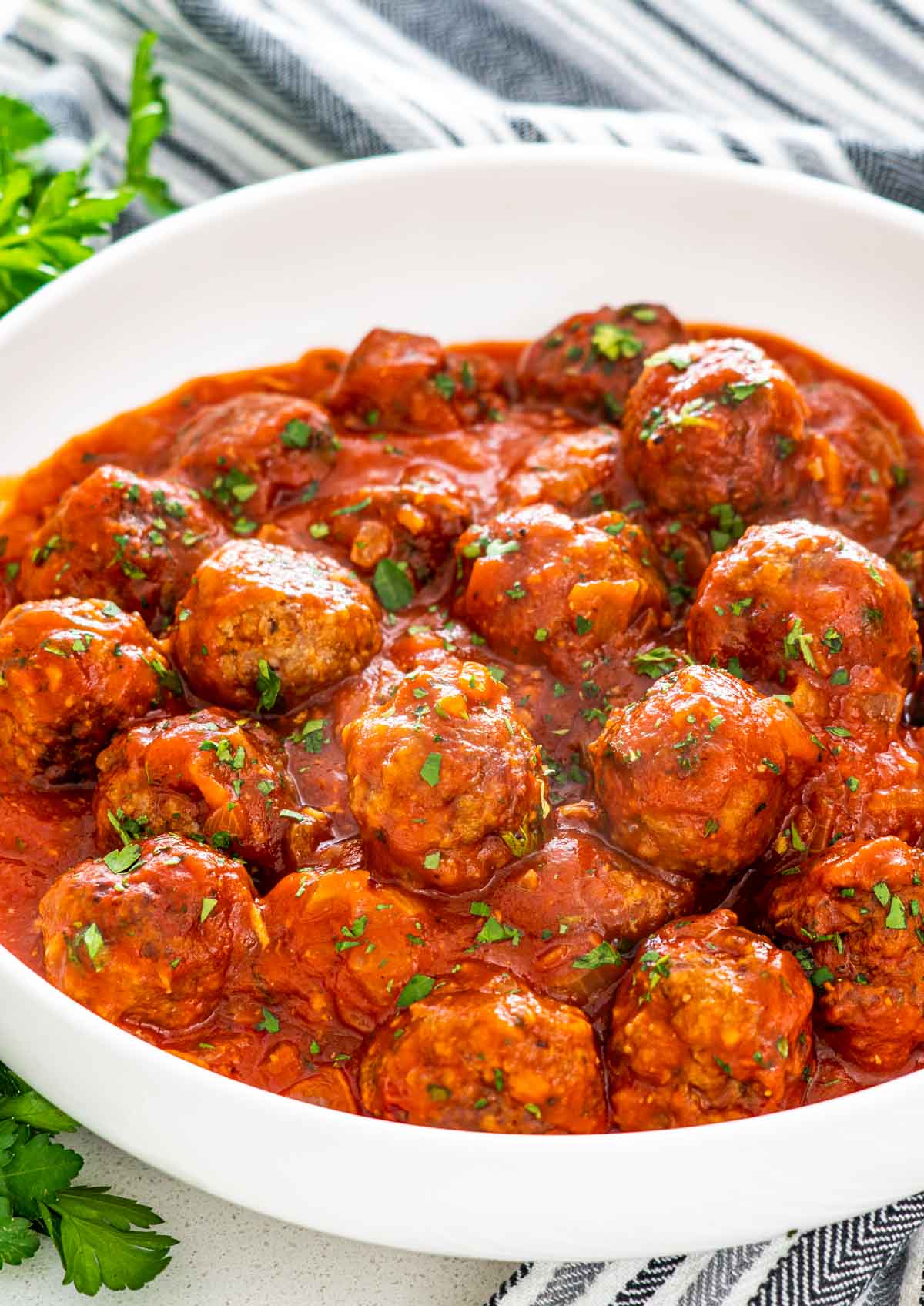

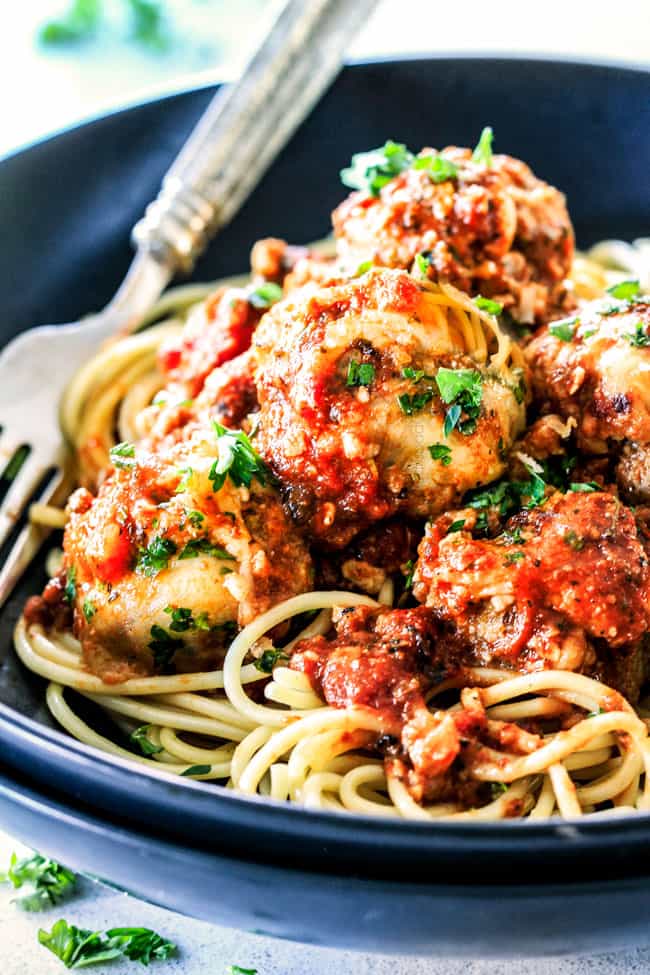
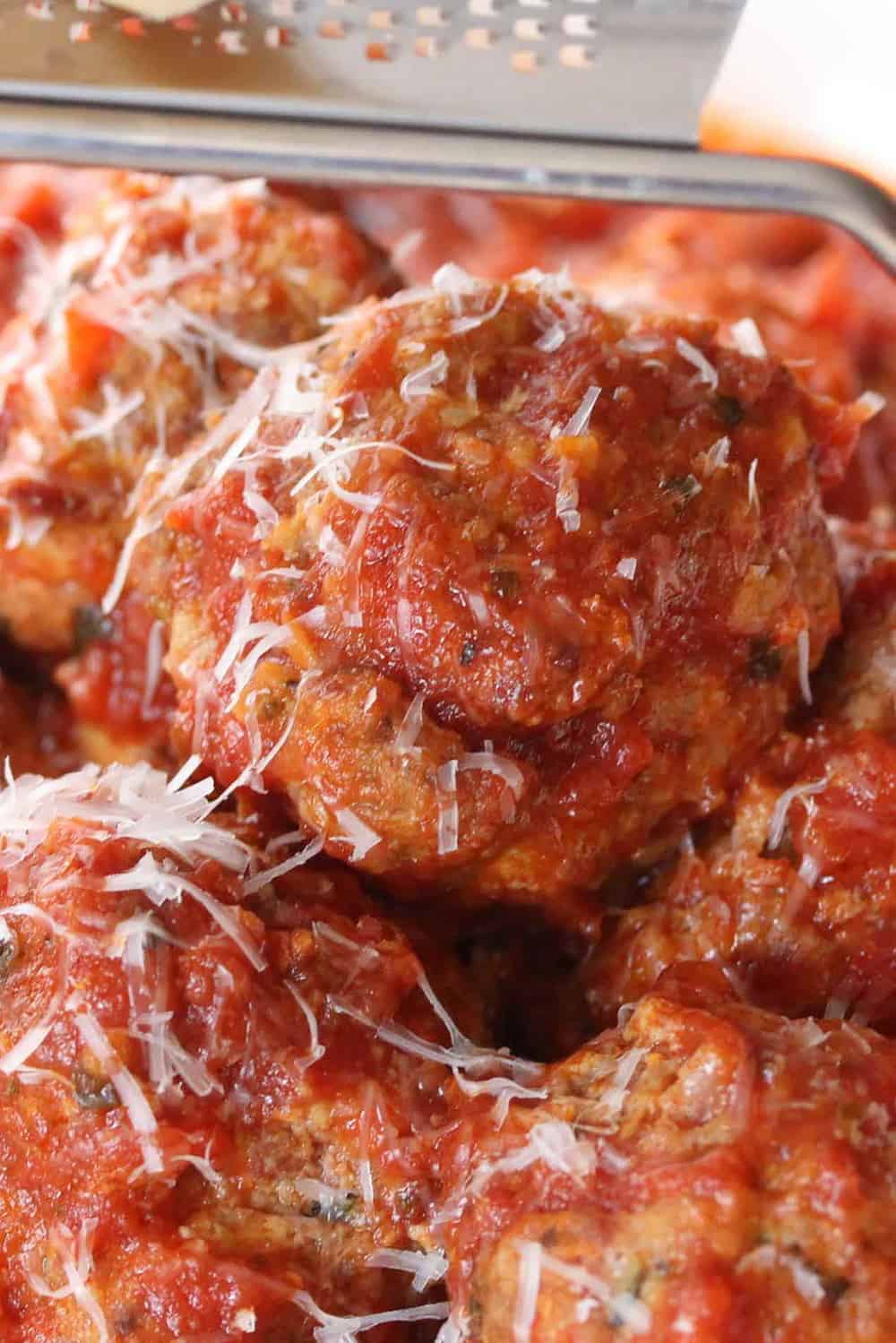
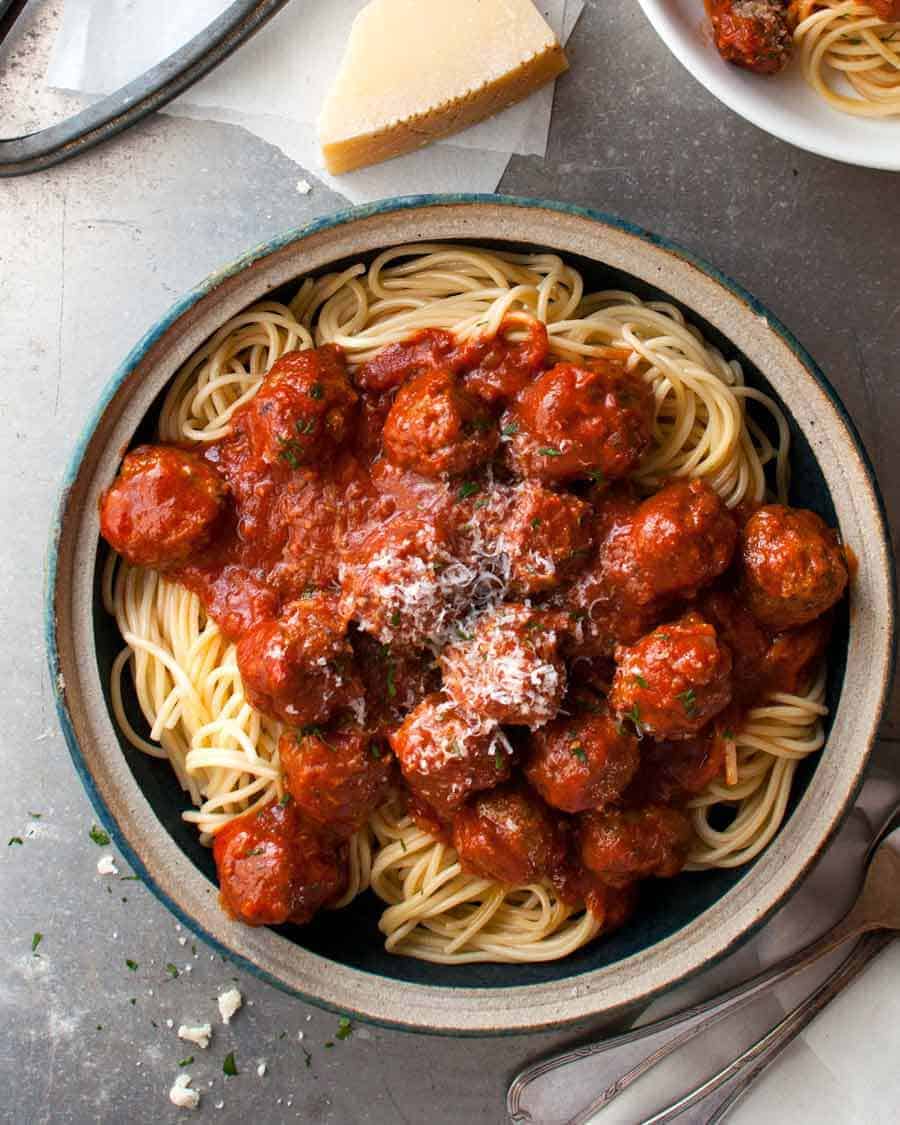



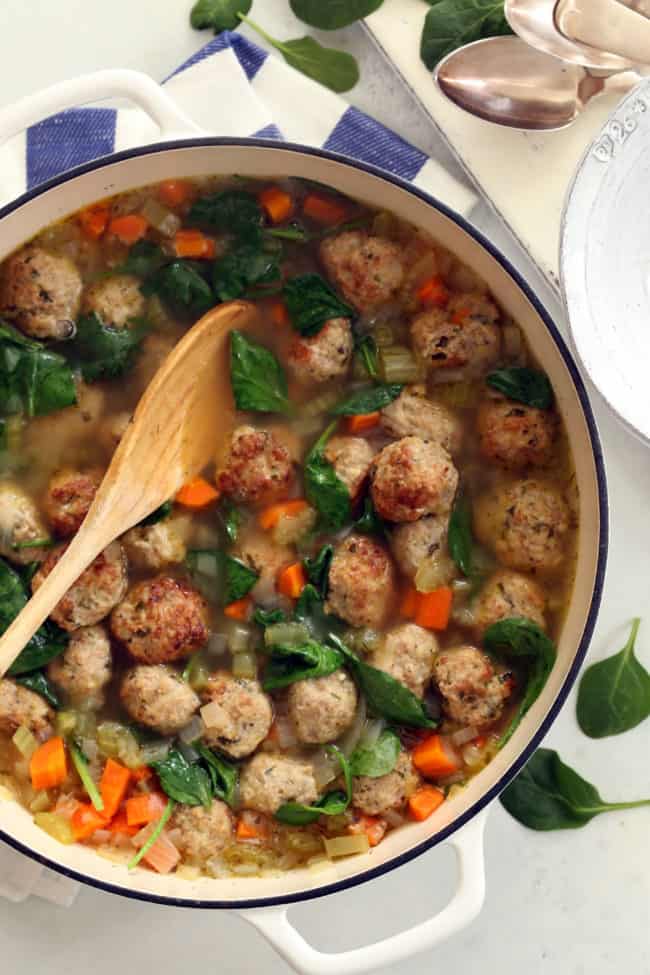




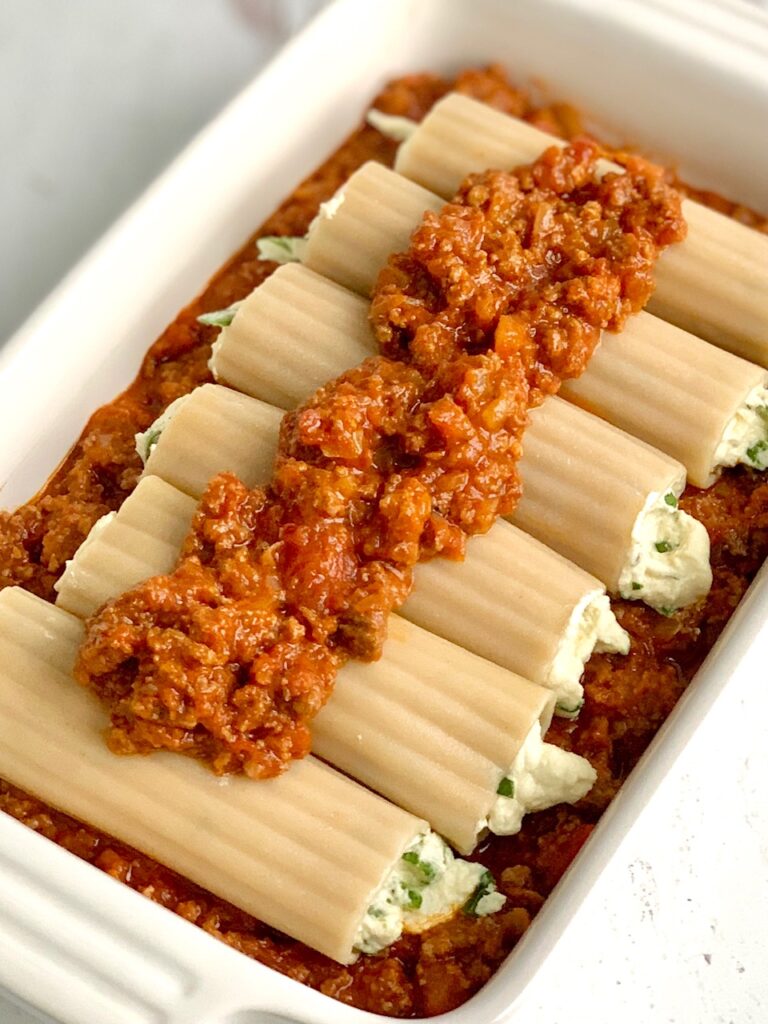
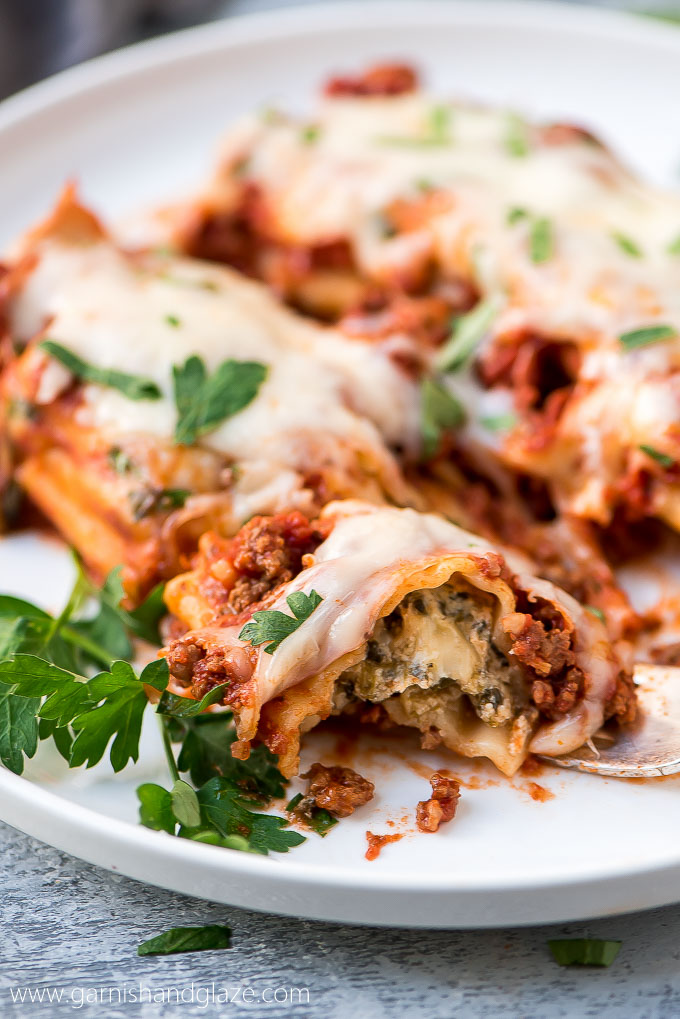










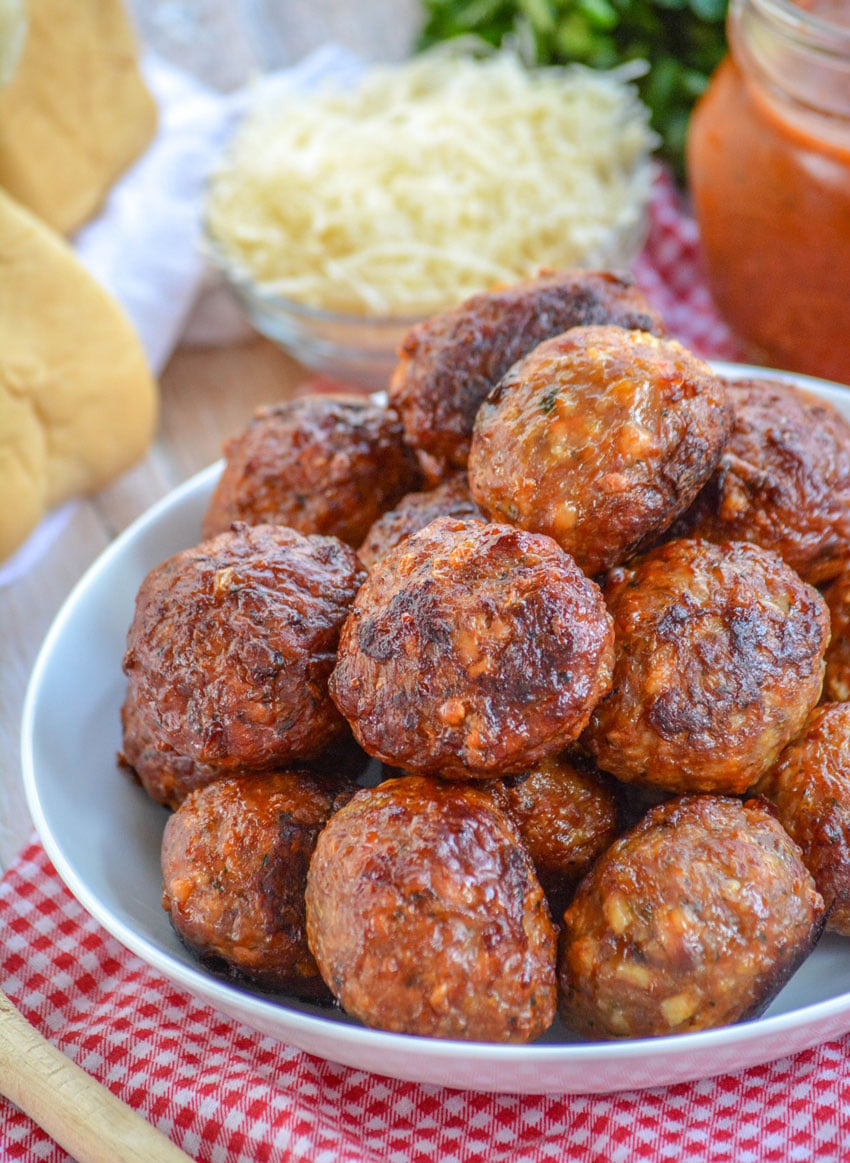
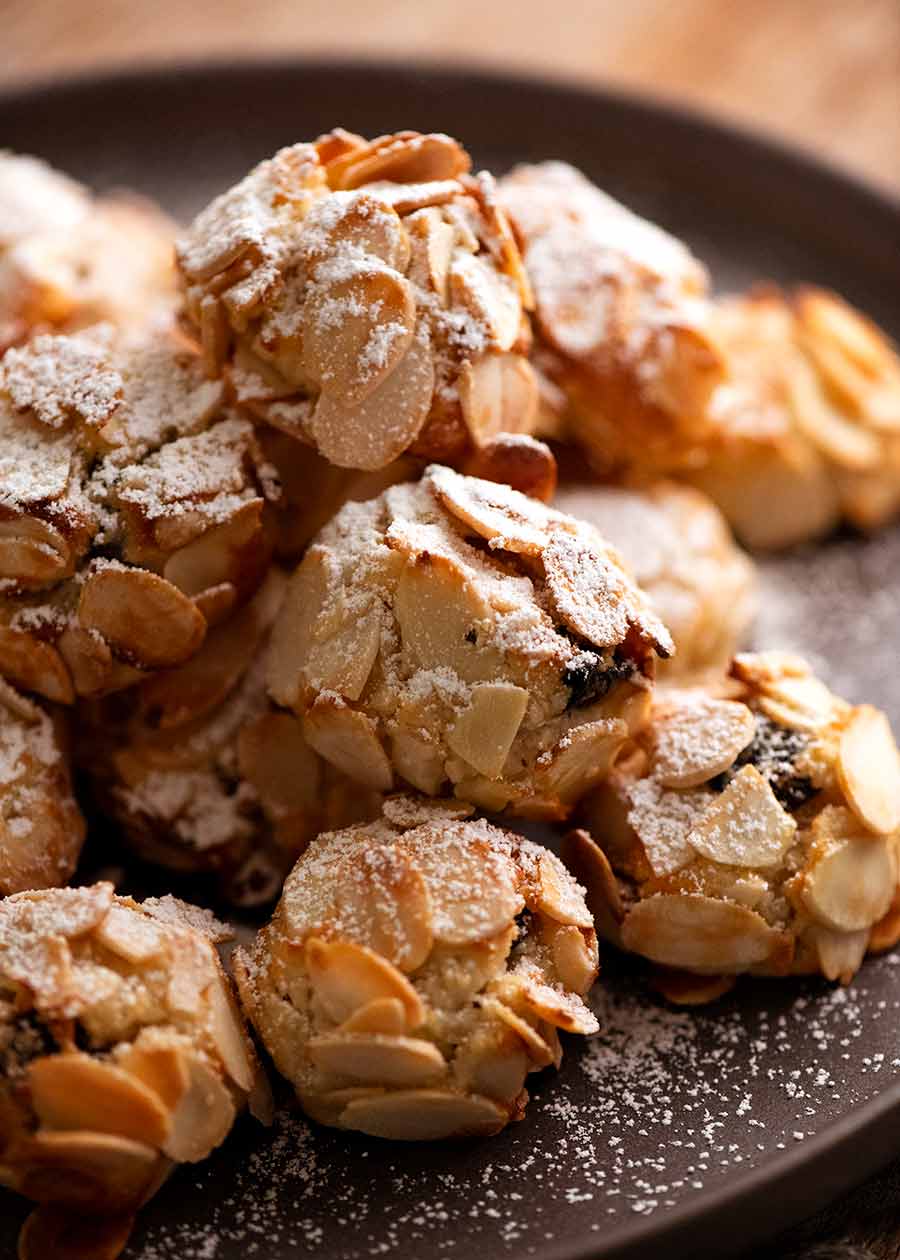


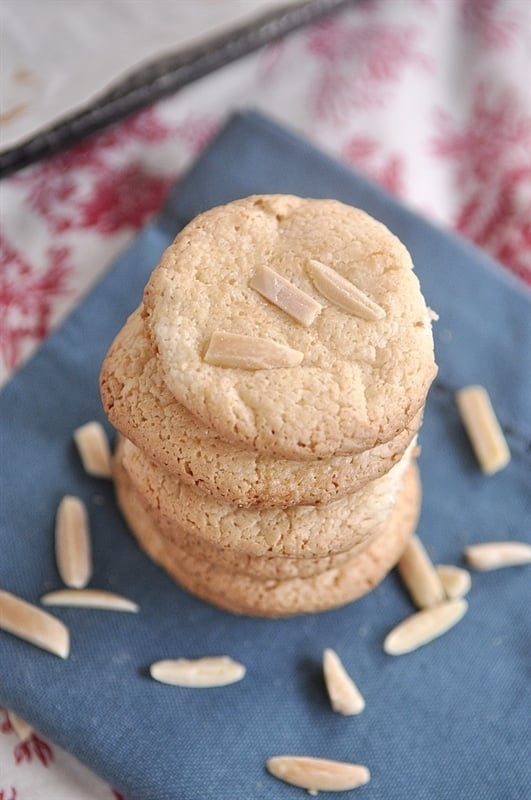
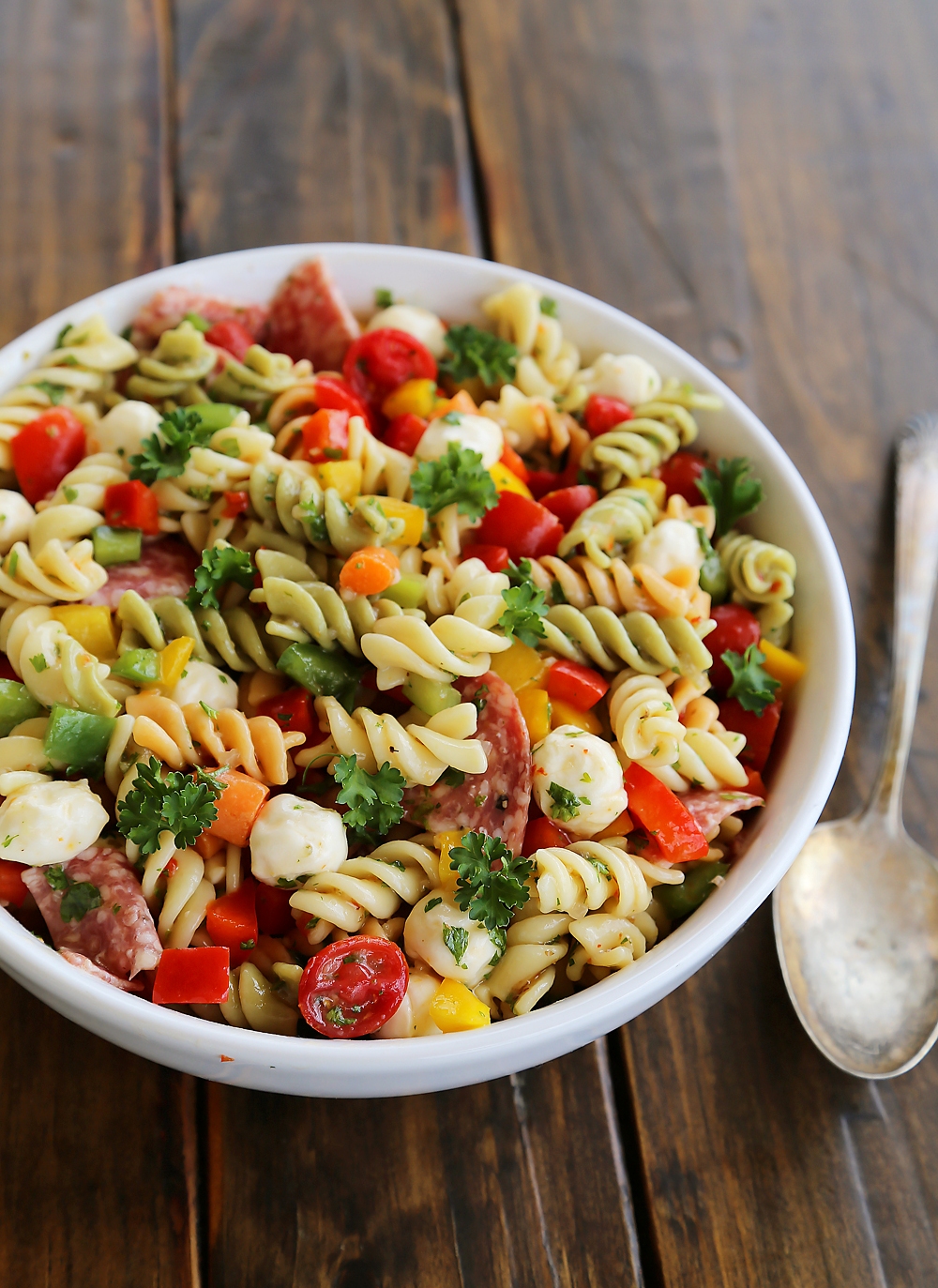
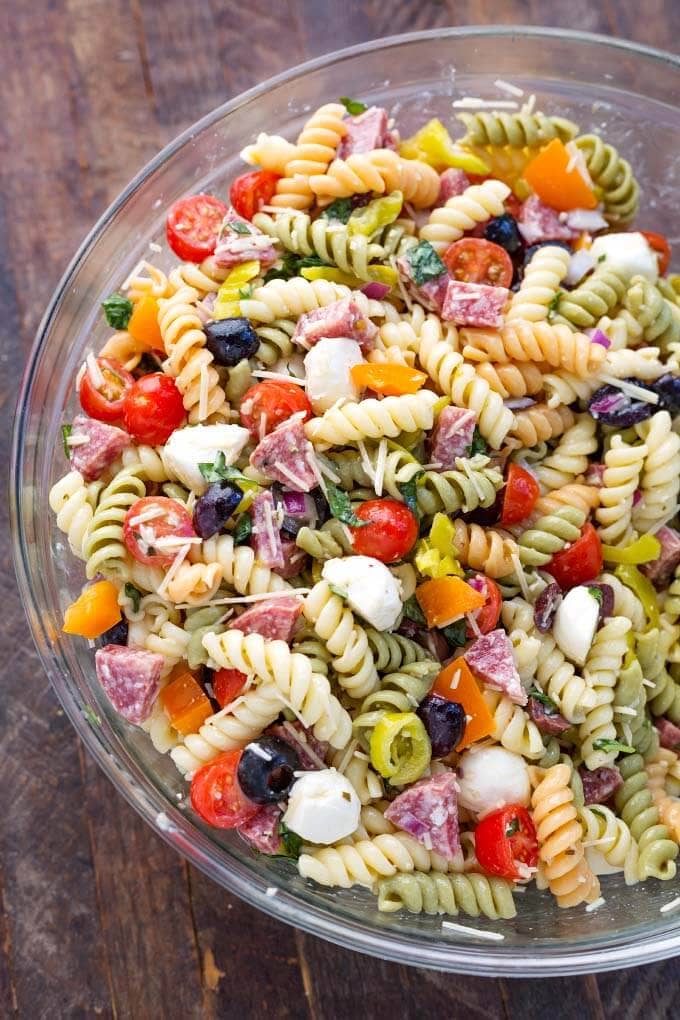





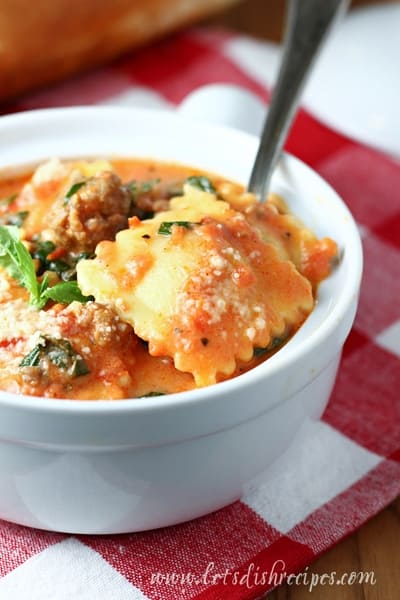

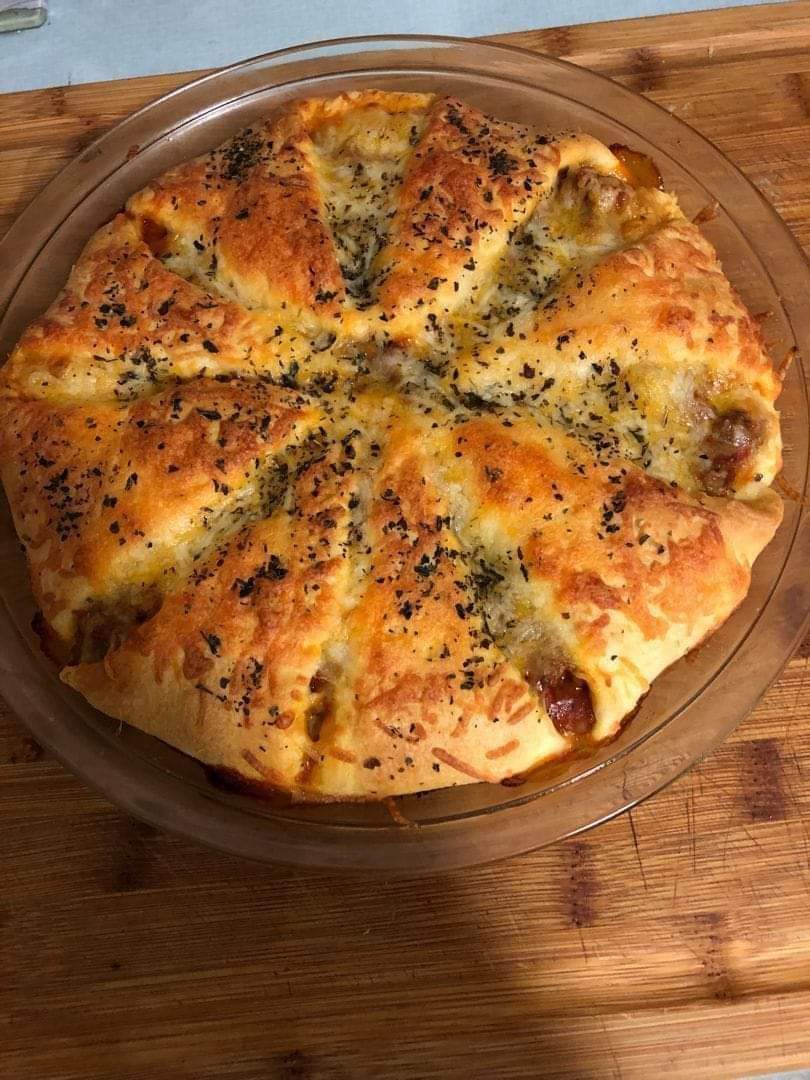
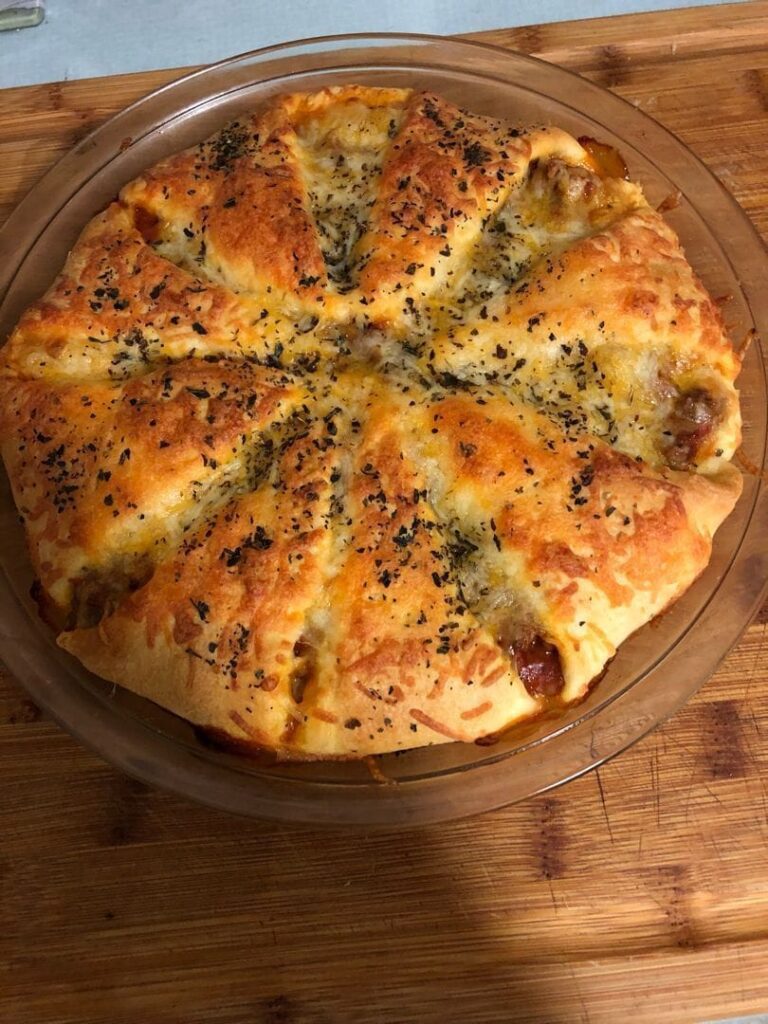



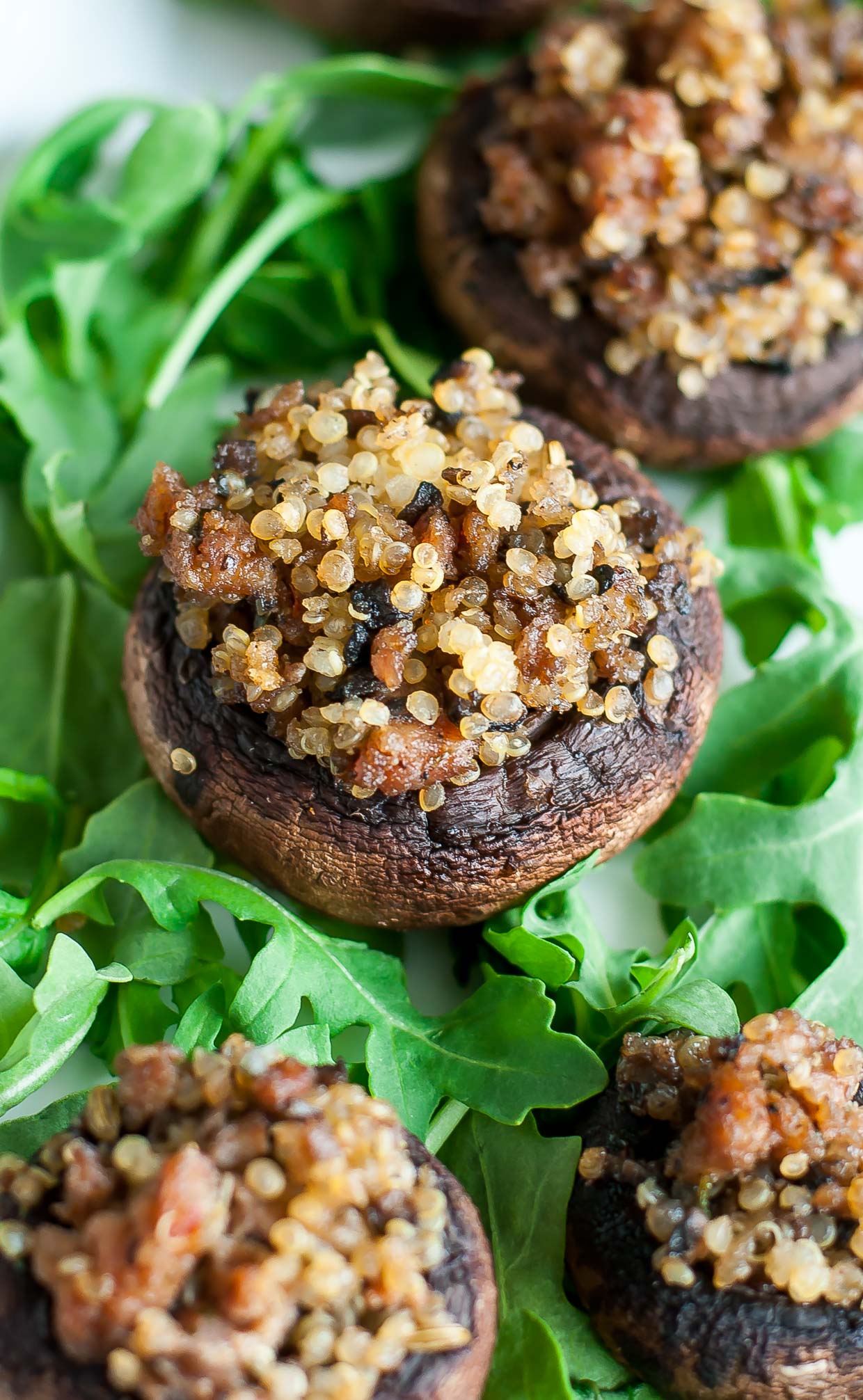
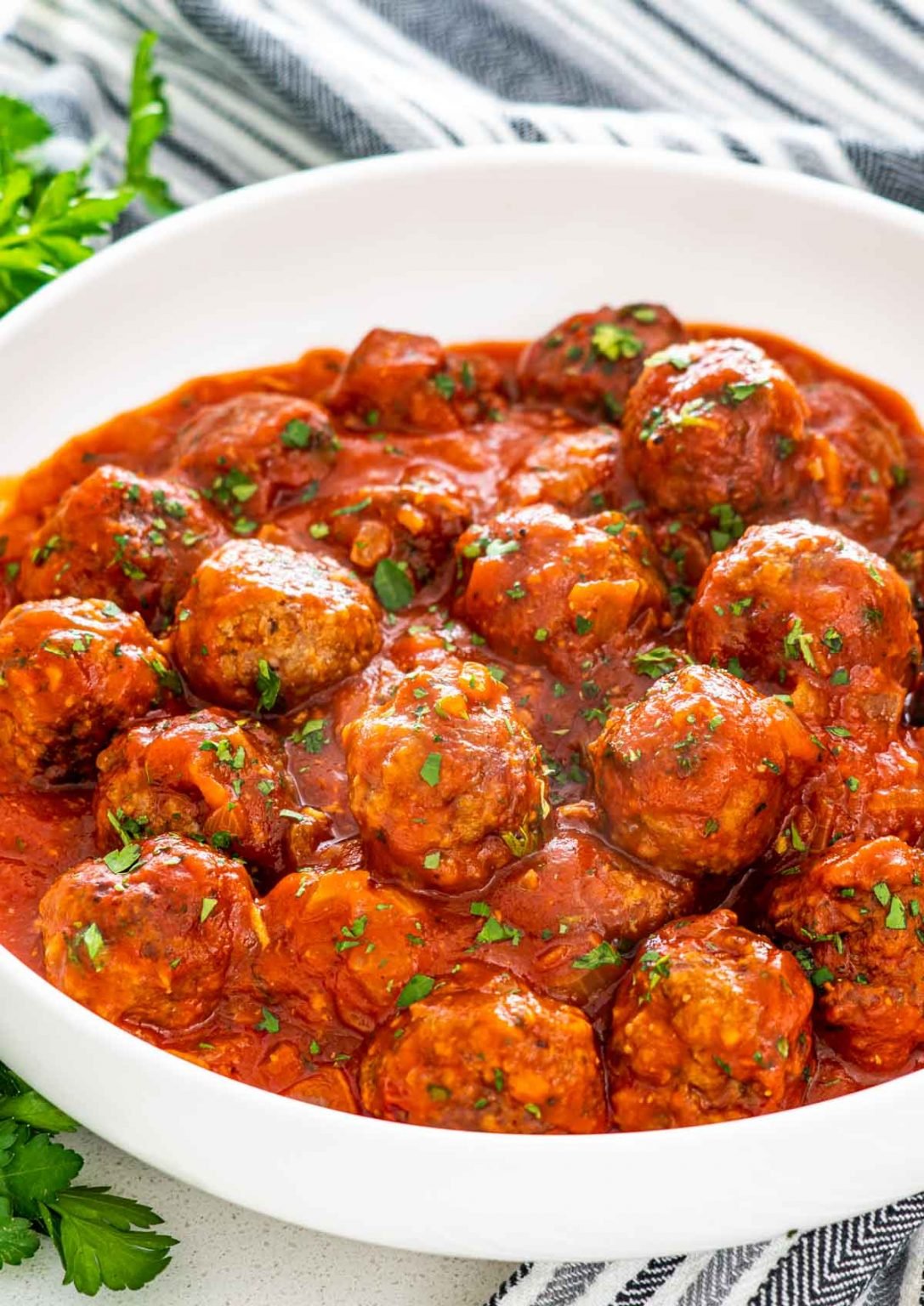
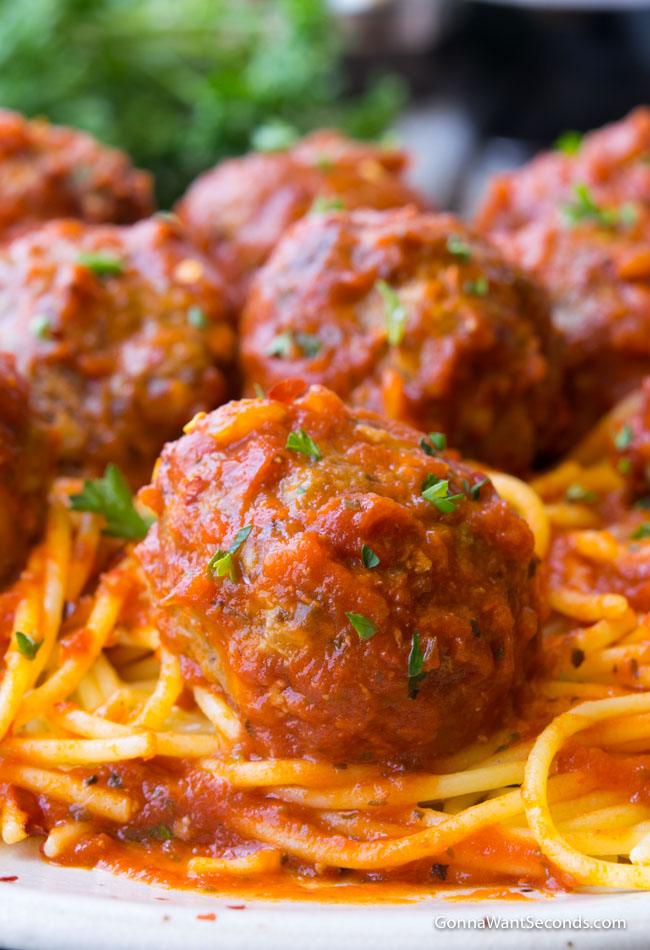

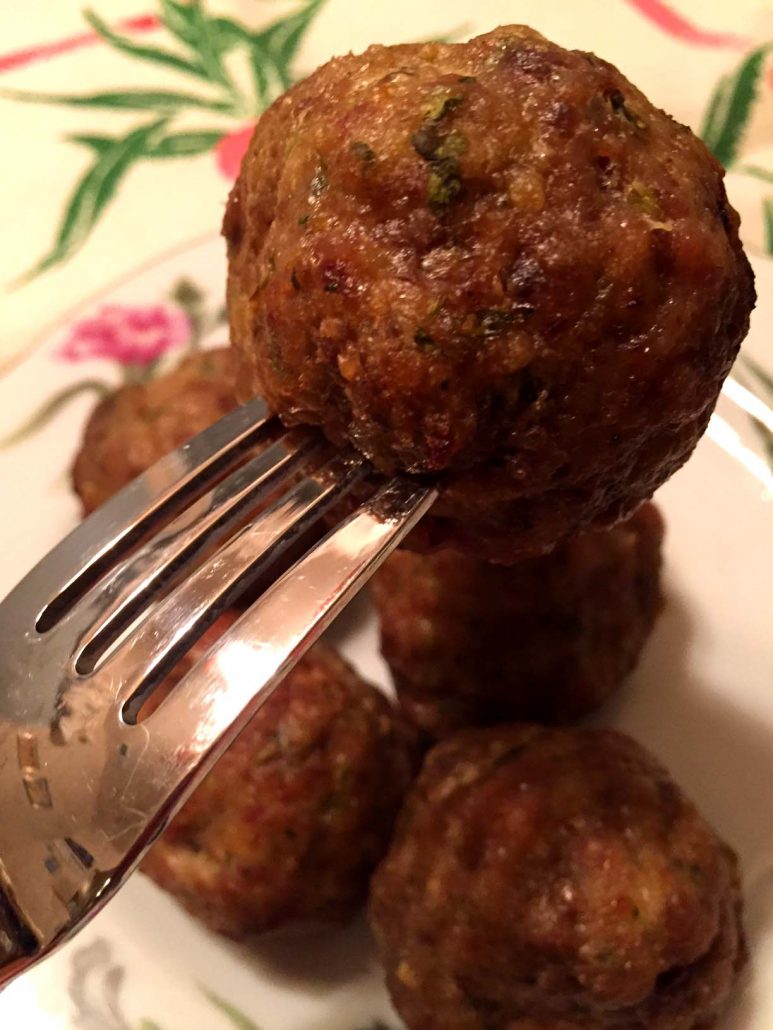
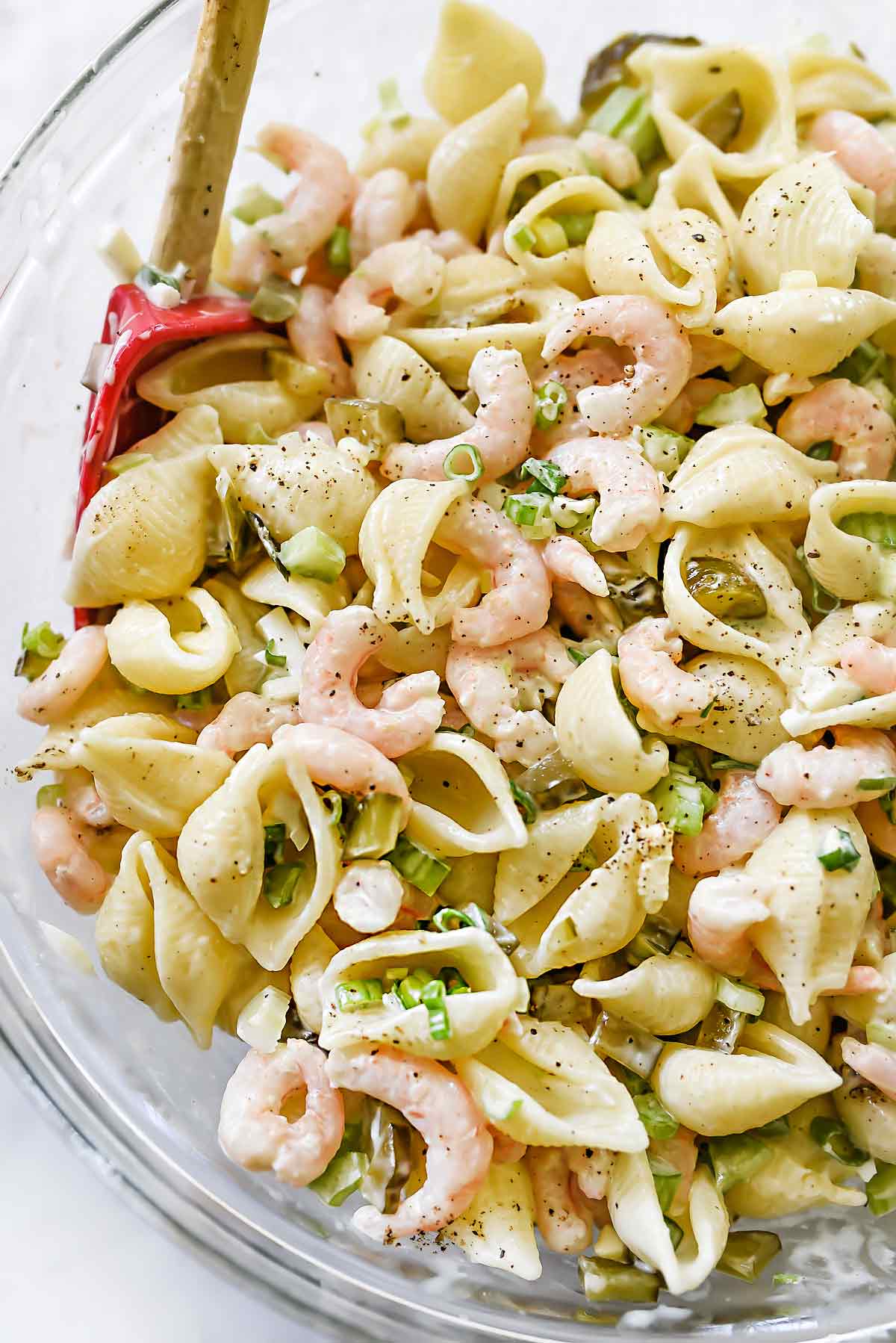






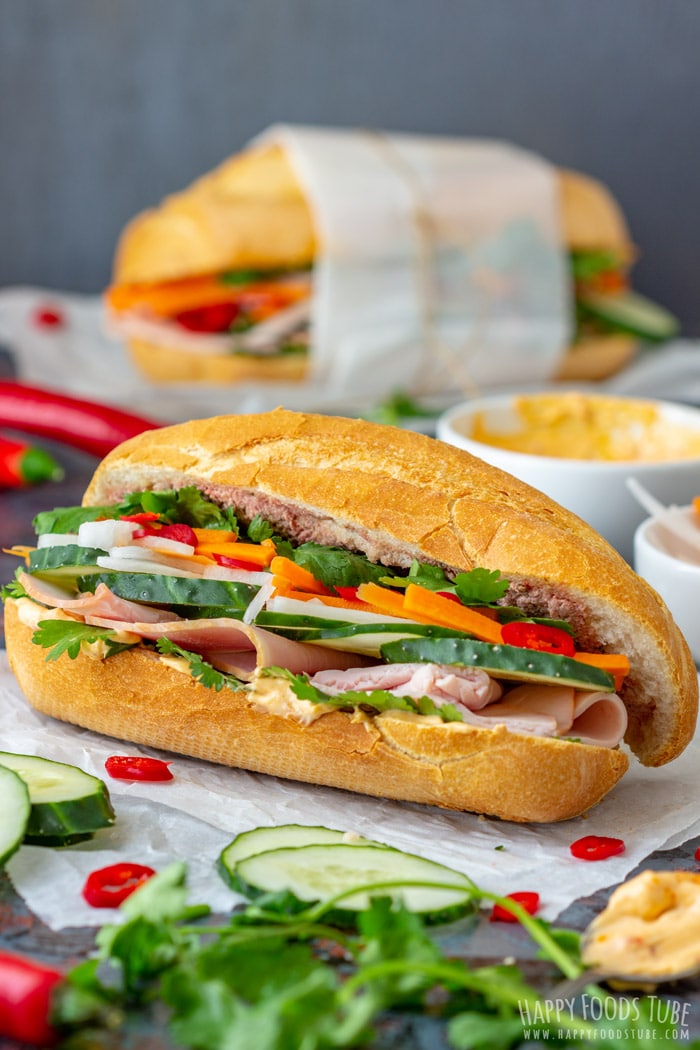


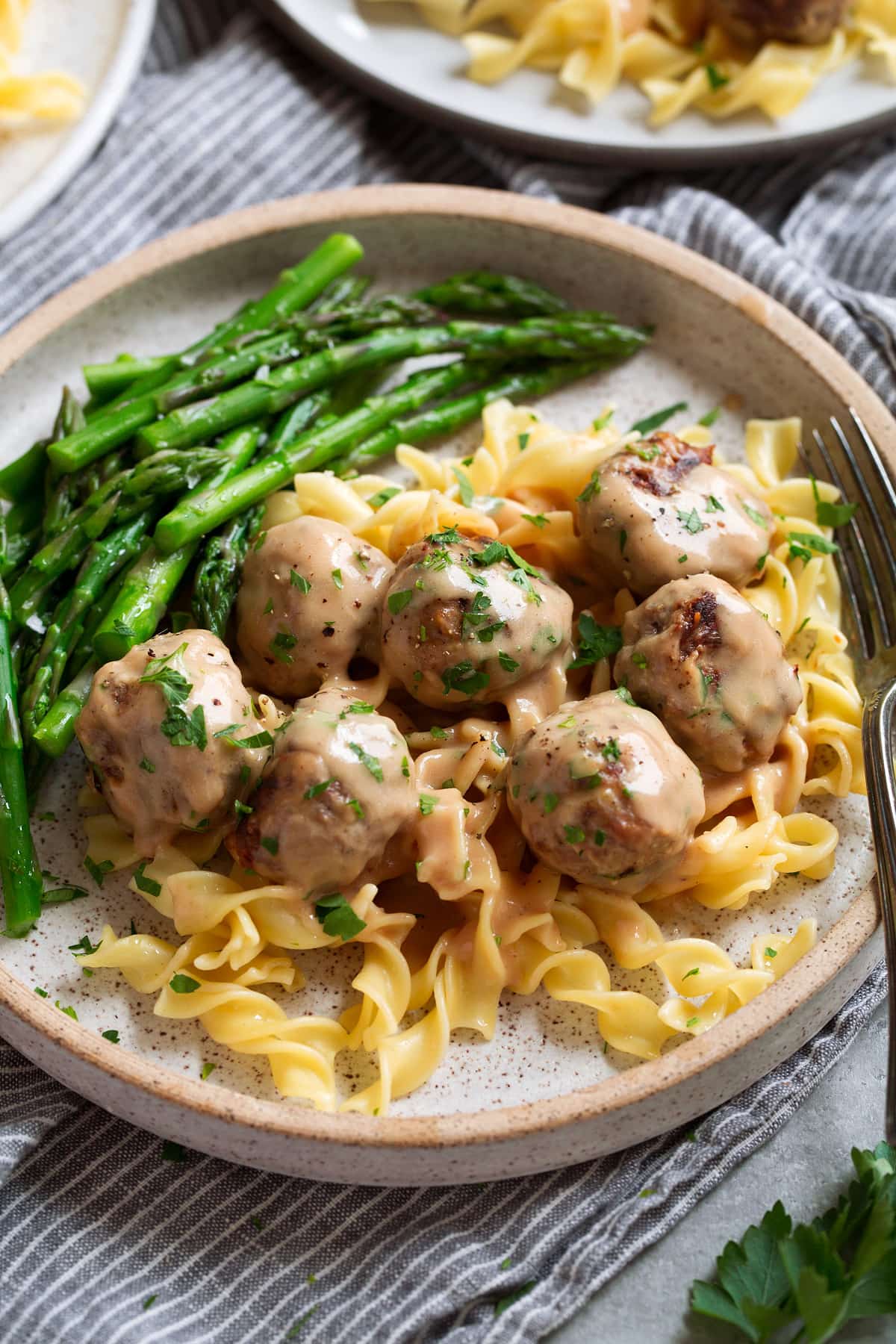

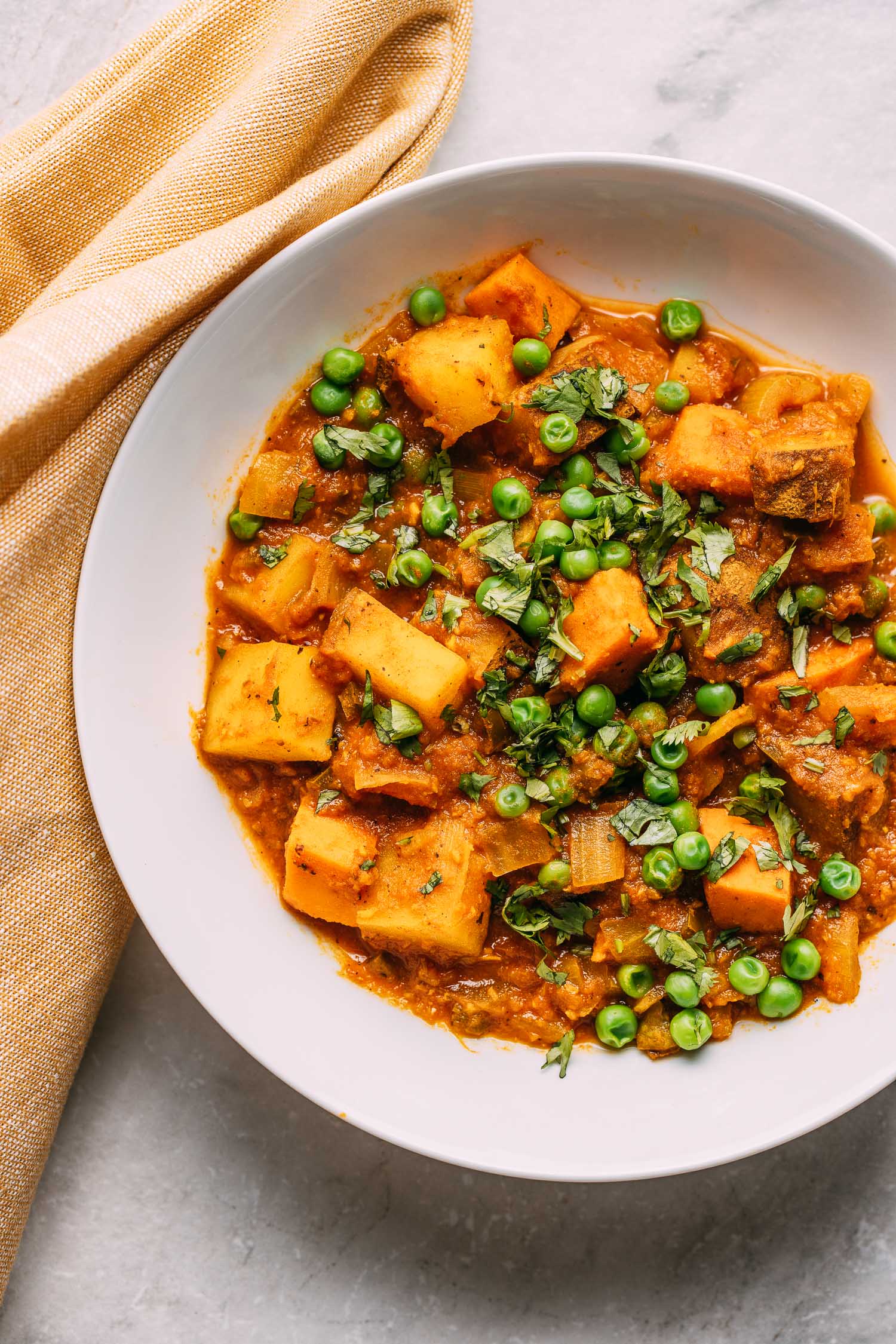












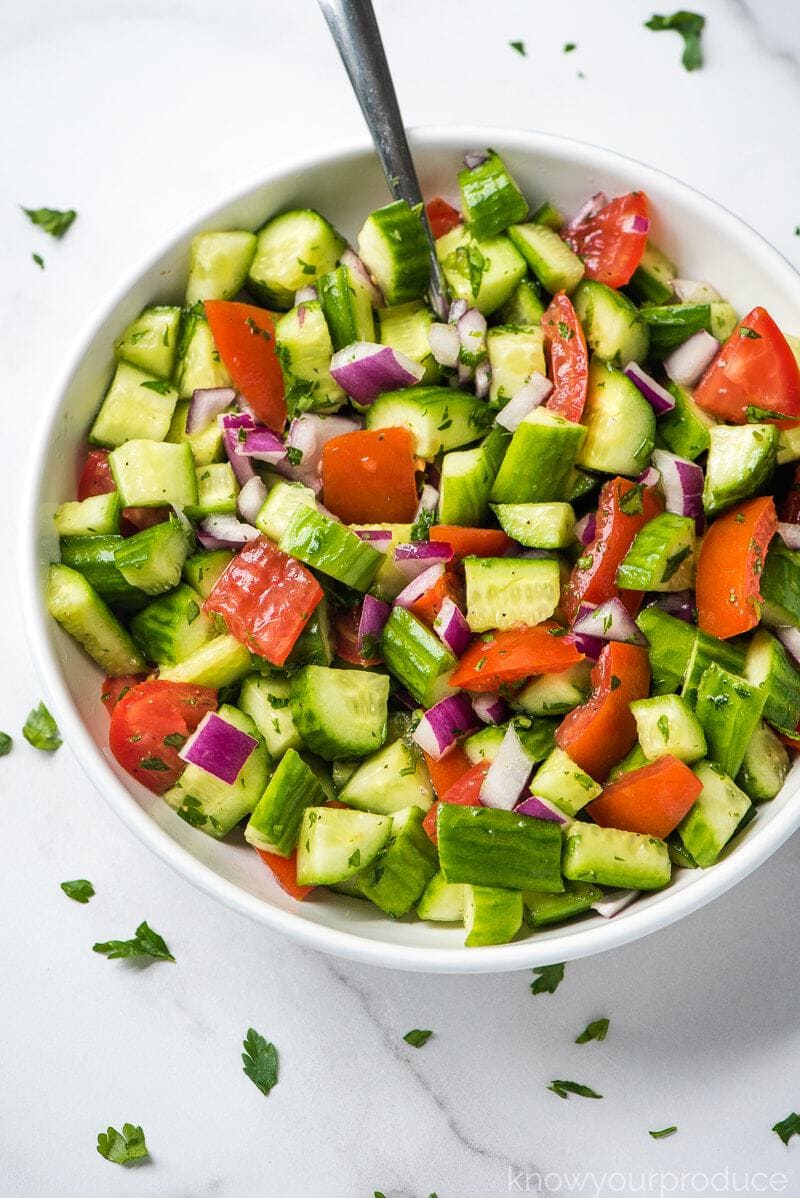
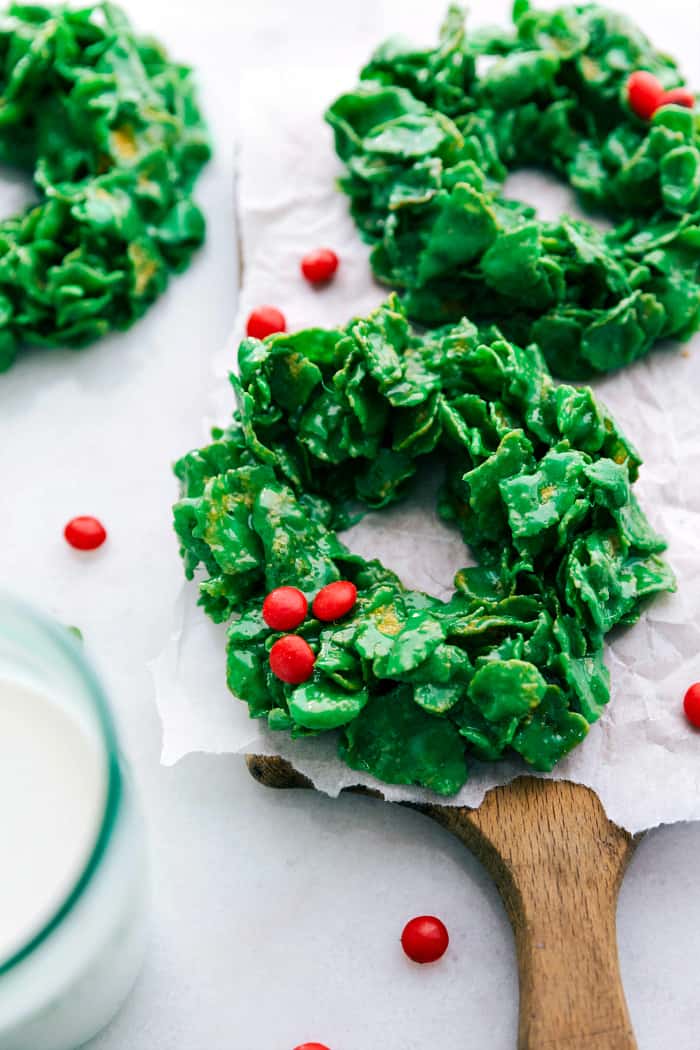

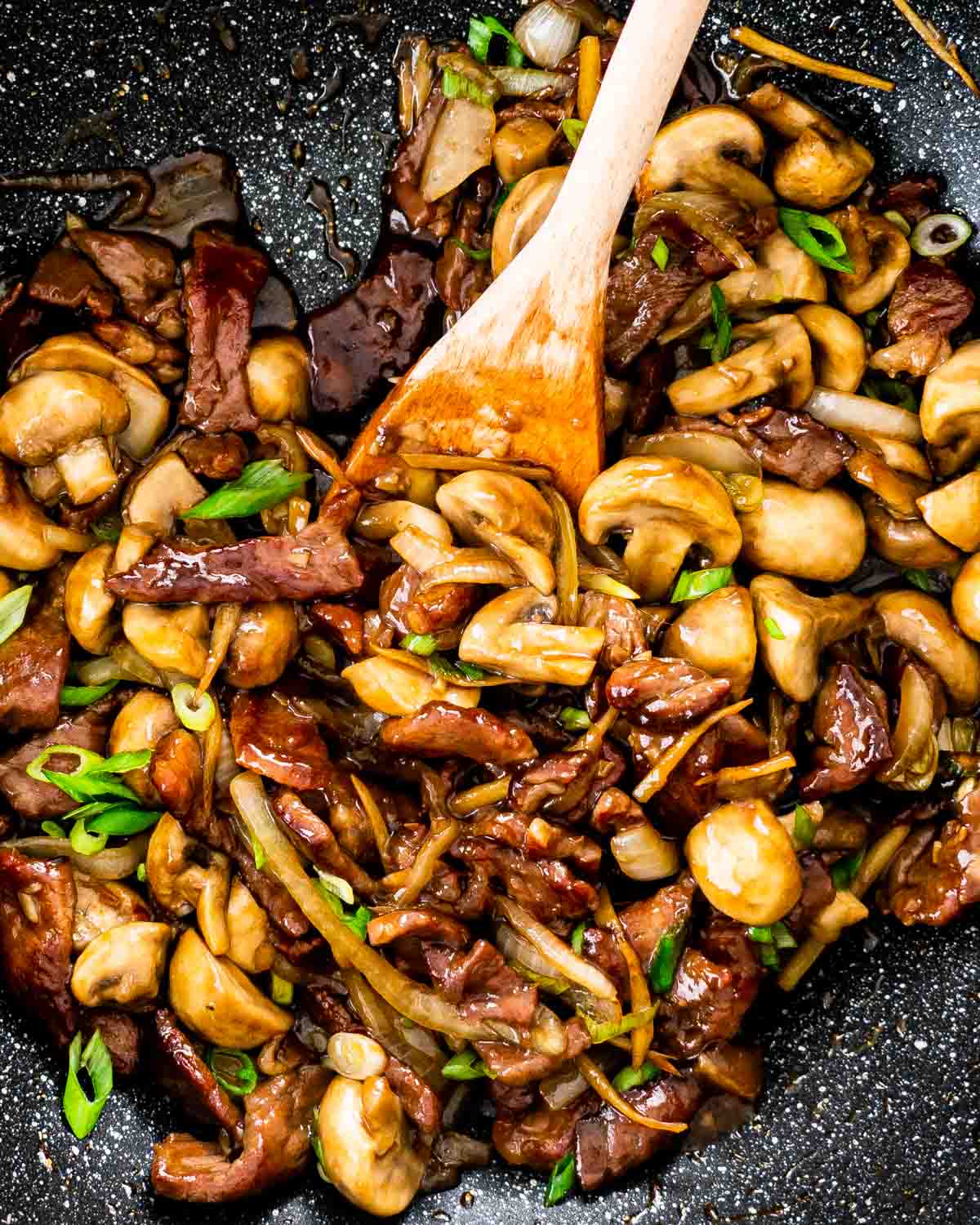
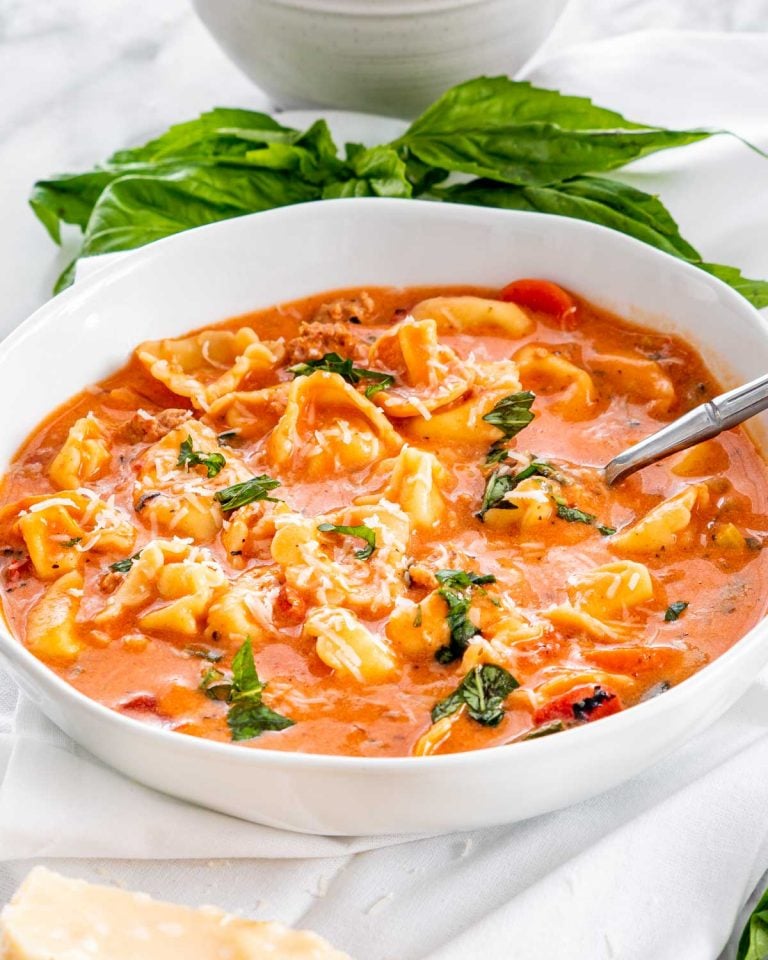


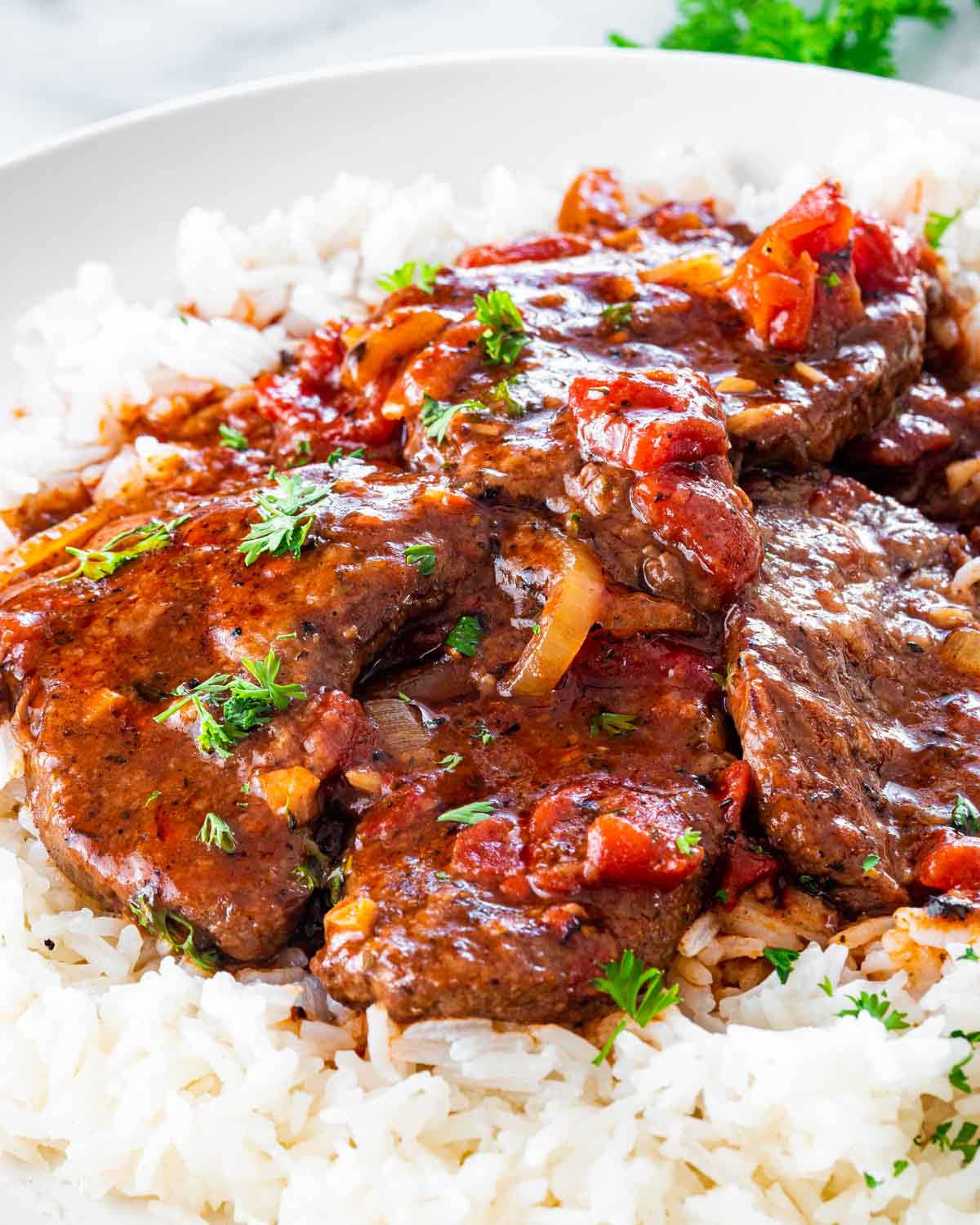



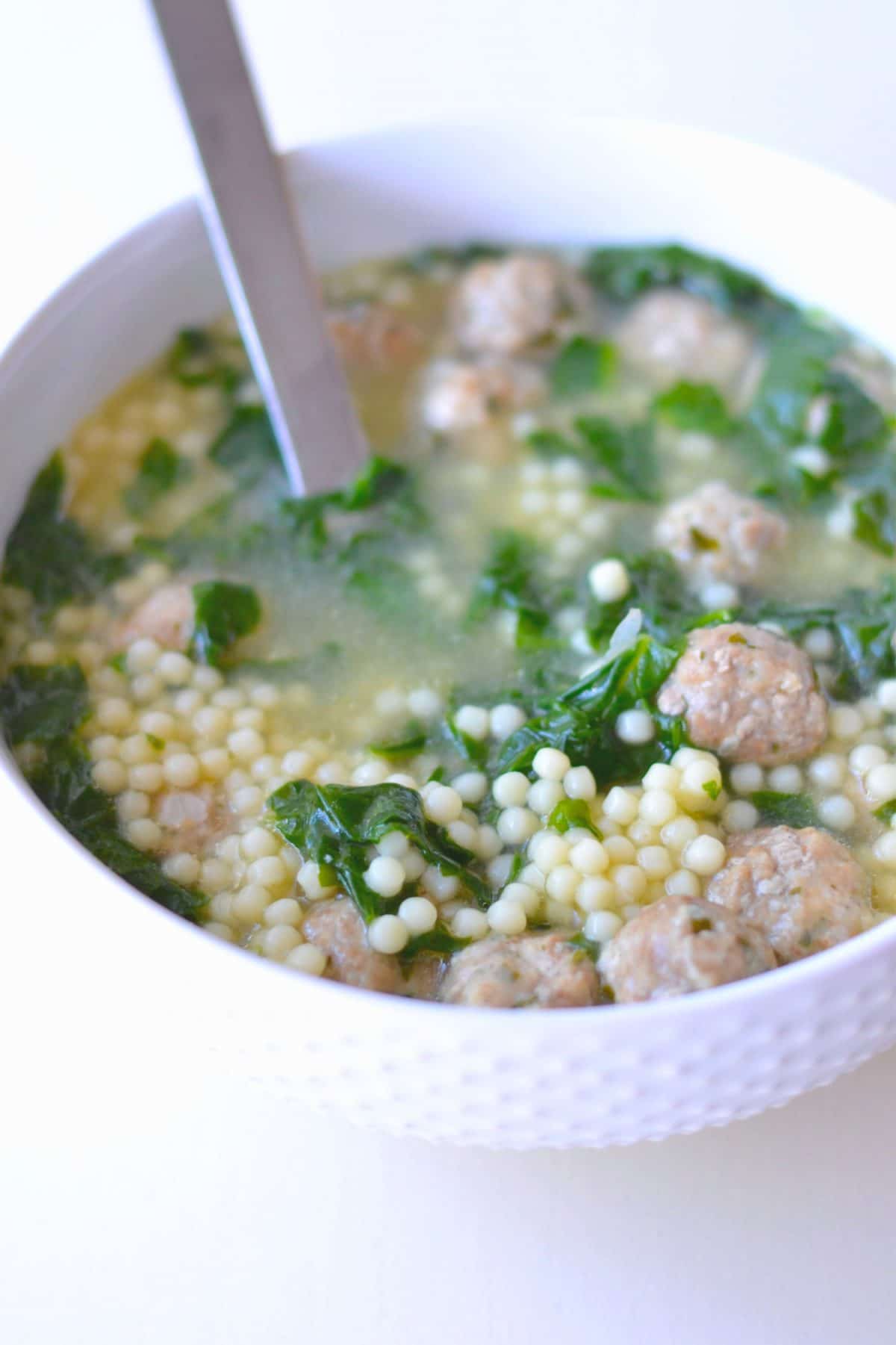


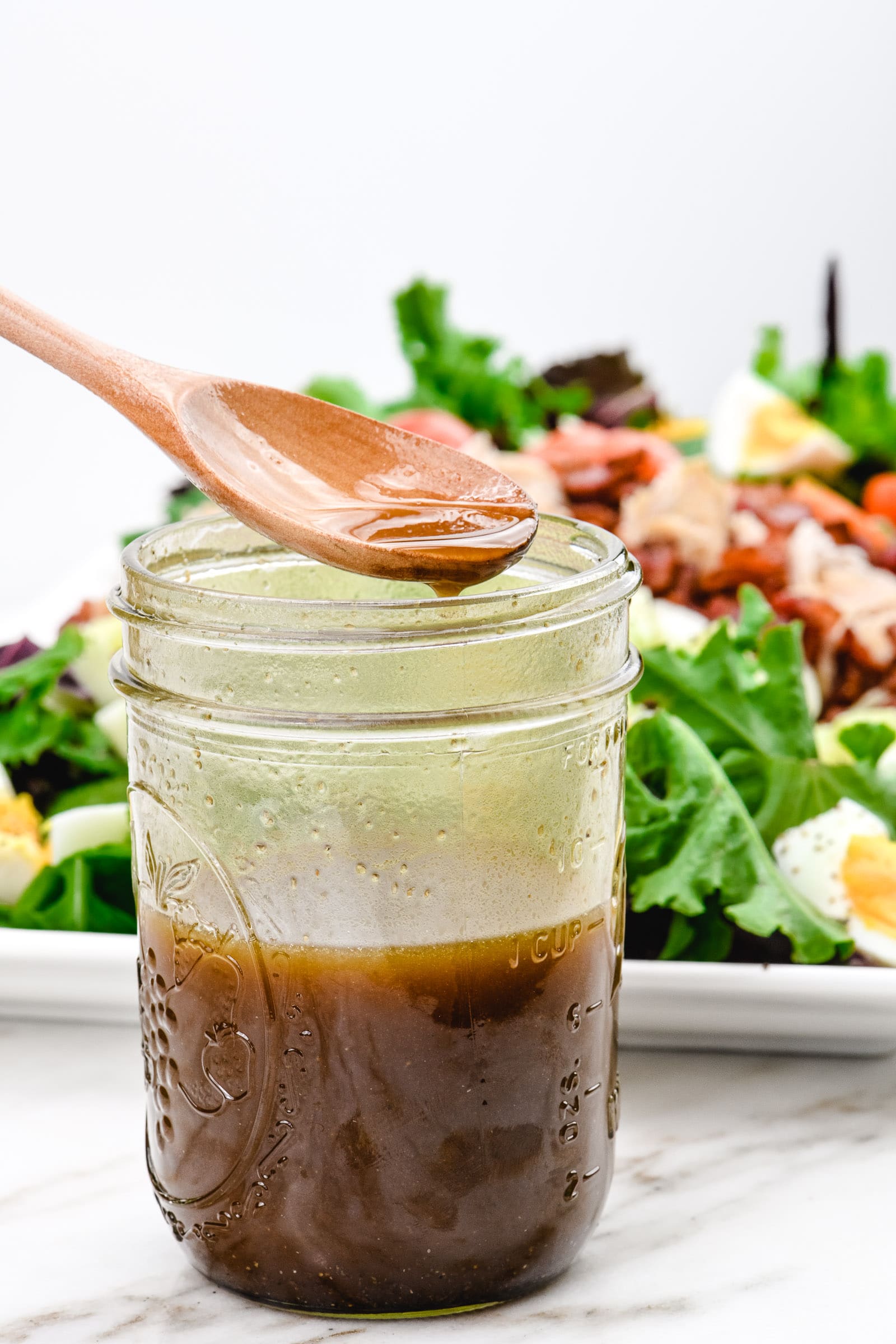


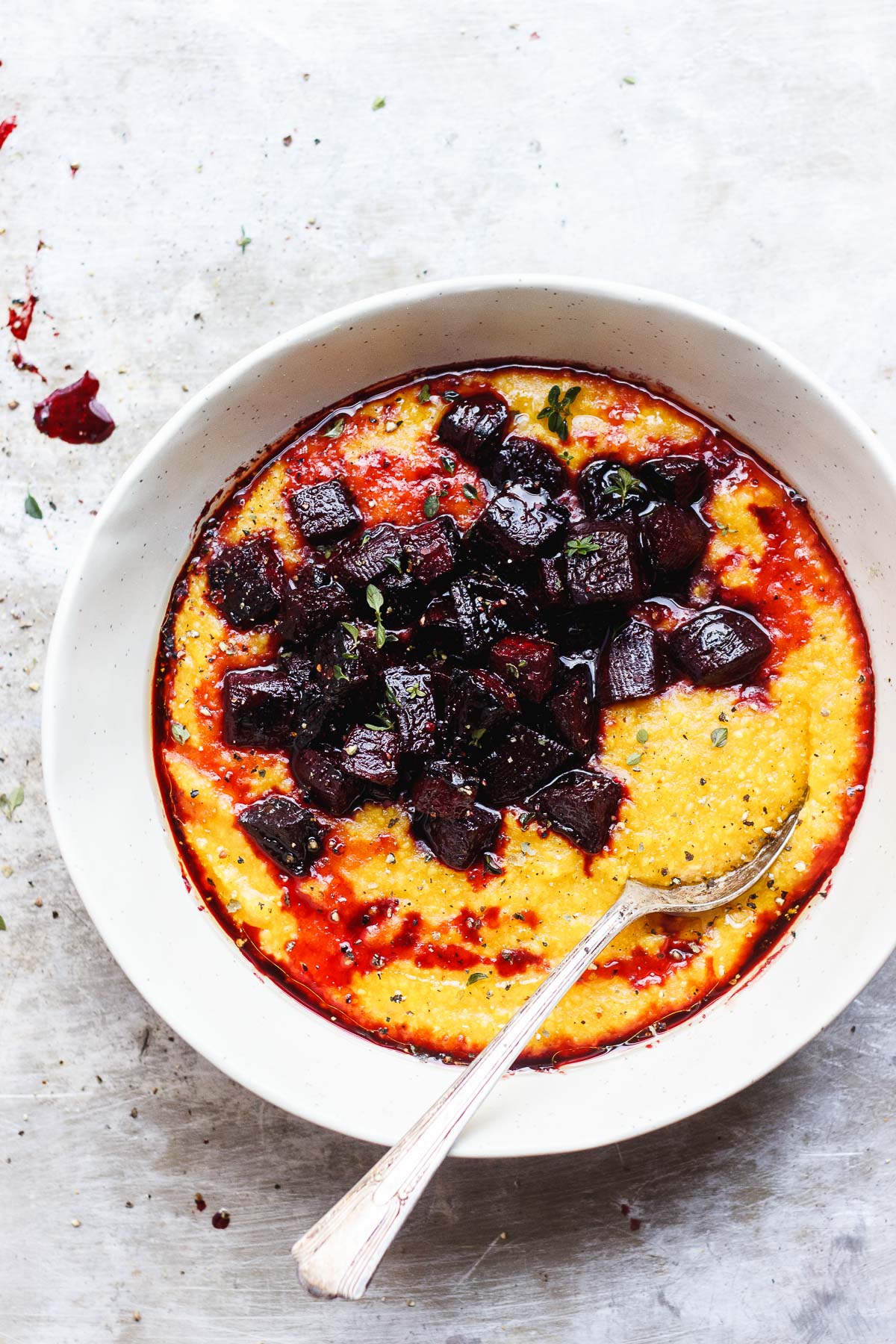










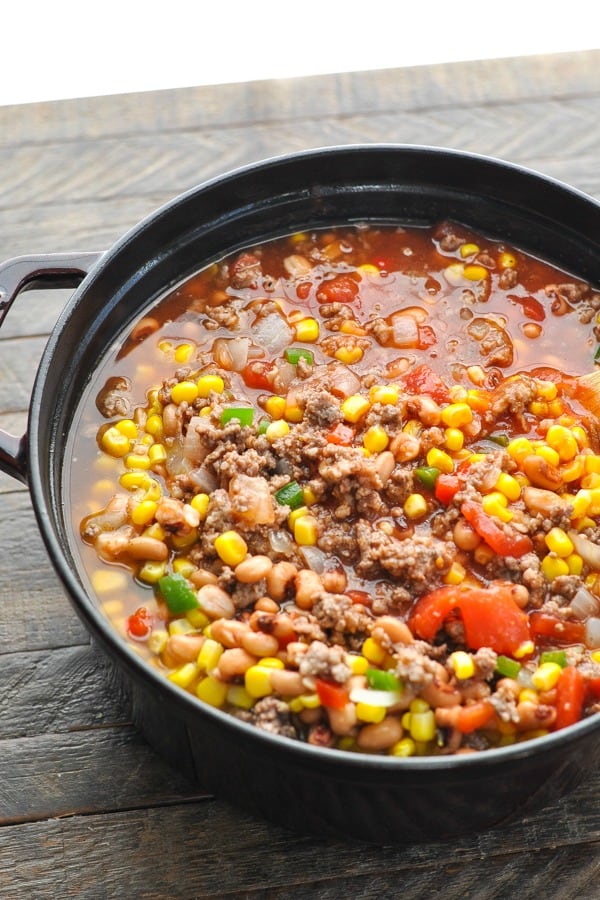


/thai-pumpkin-curry-with-red-rice-632058201-587d71c13df78c17b64f2b55.jpg)
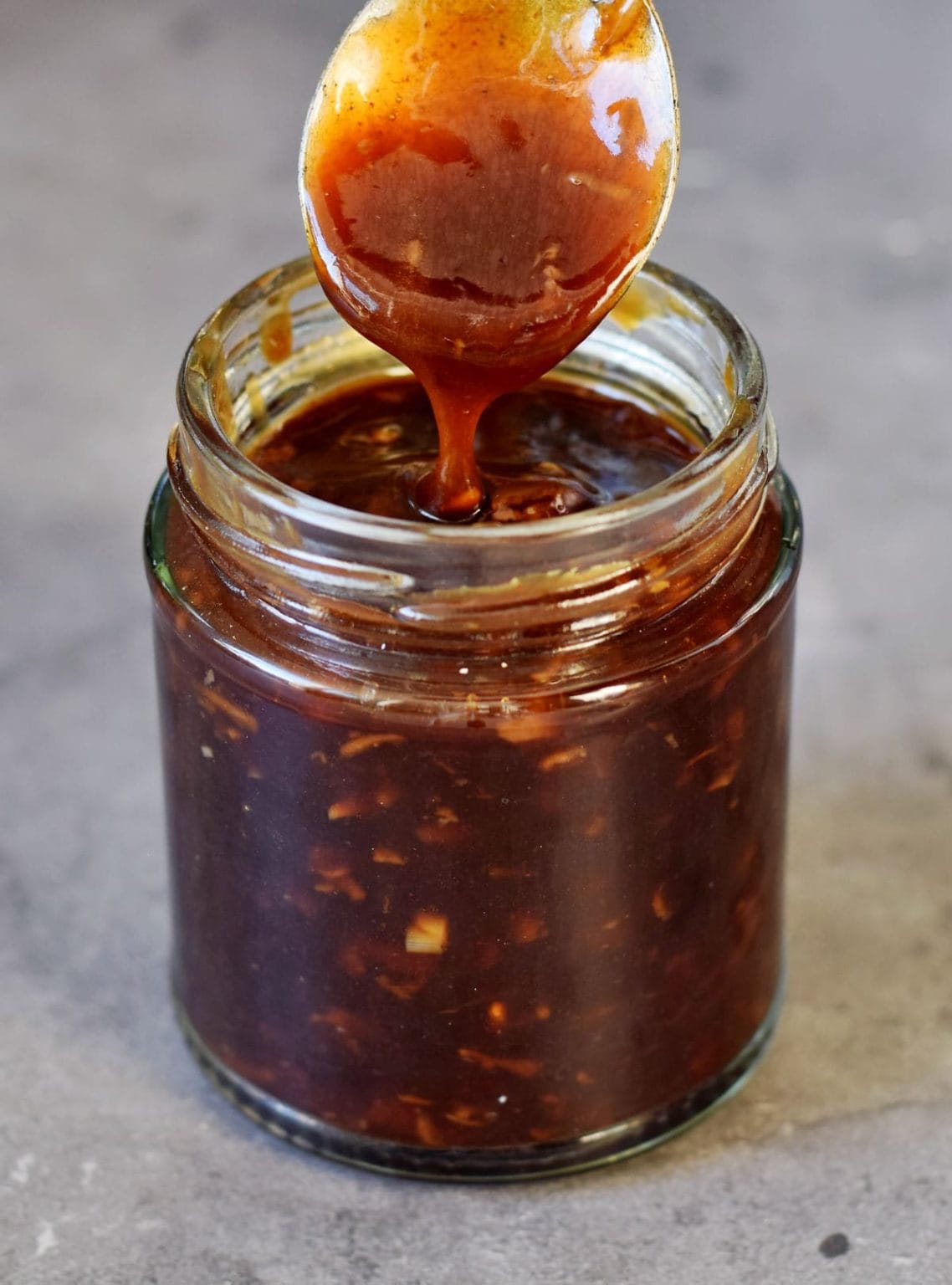


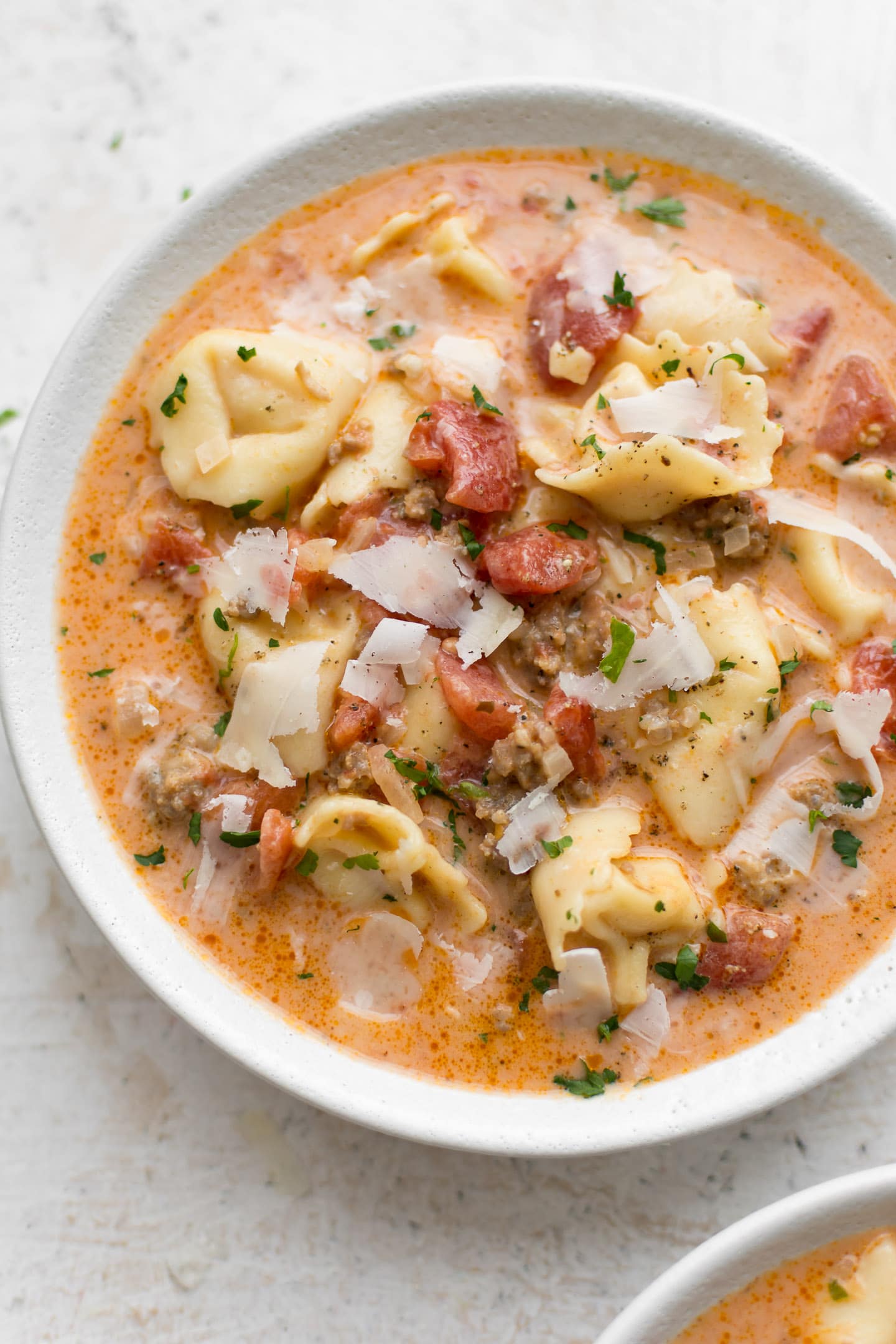
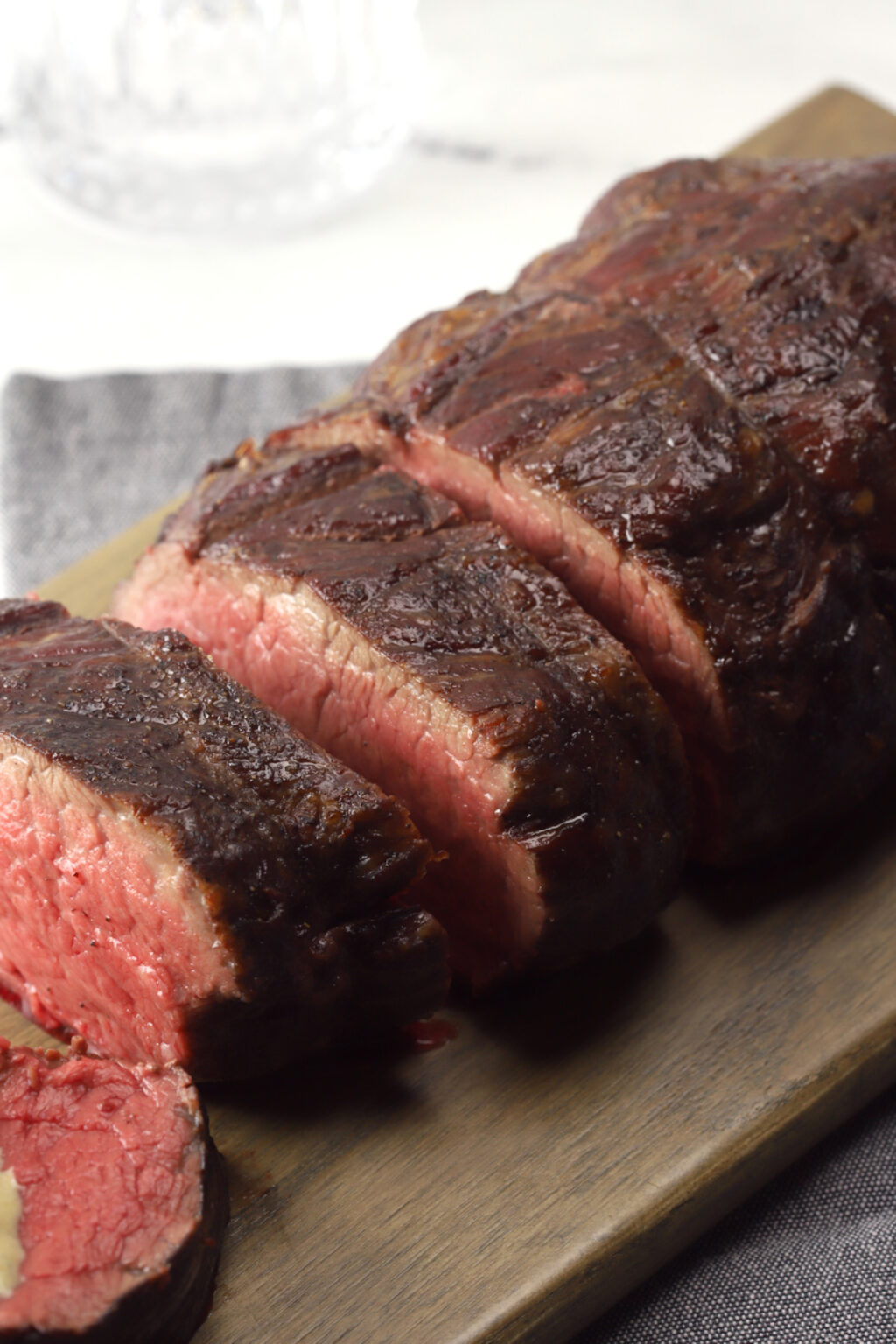
:max_bytes(150000):strip_icc()/__opt__aboutcom__coeus__resources__content_migration__simply_recipes__uploads__2009__02__sausage-stuffed-shells-vertical-a-1400-452da9a2a01d4d9abb8f41305af46d8b.jpg)












